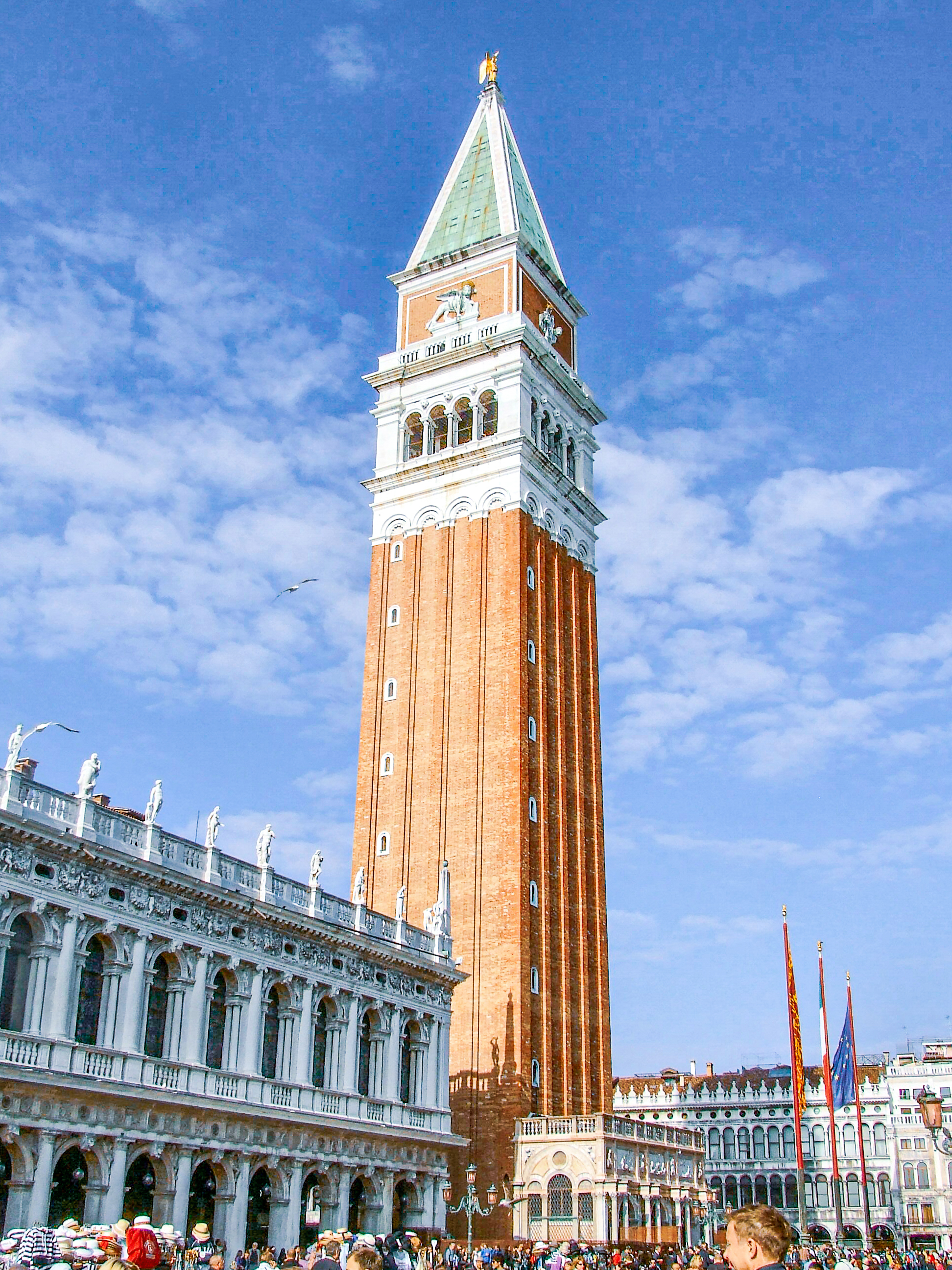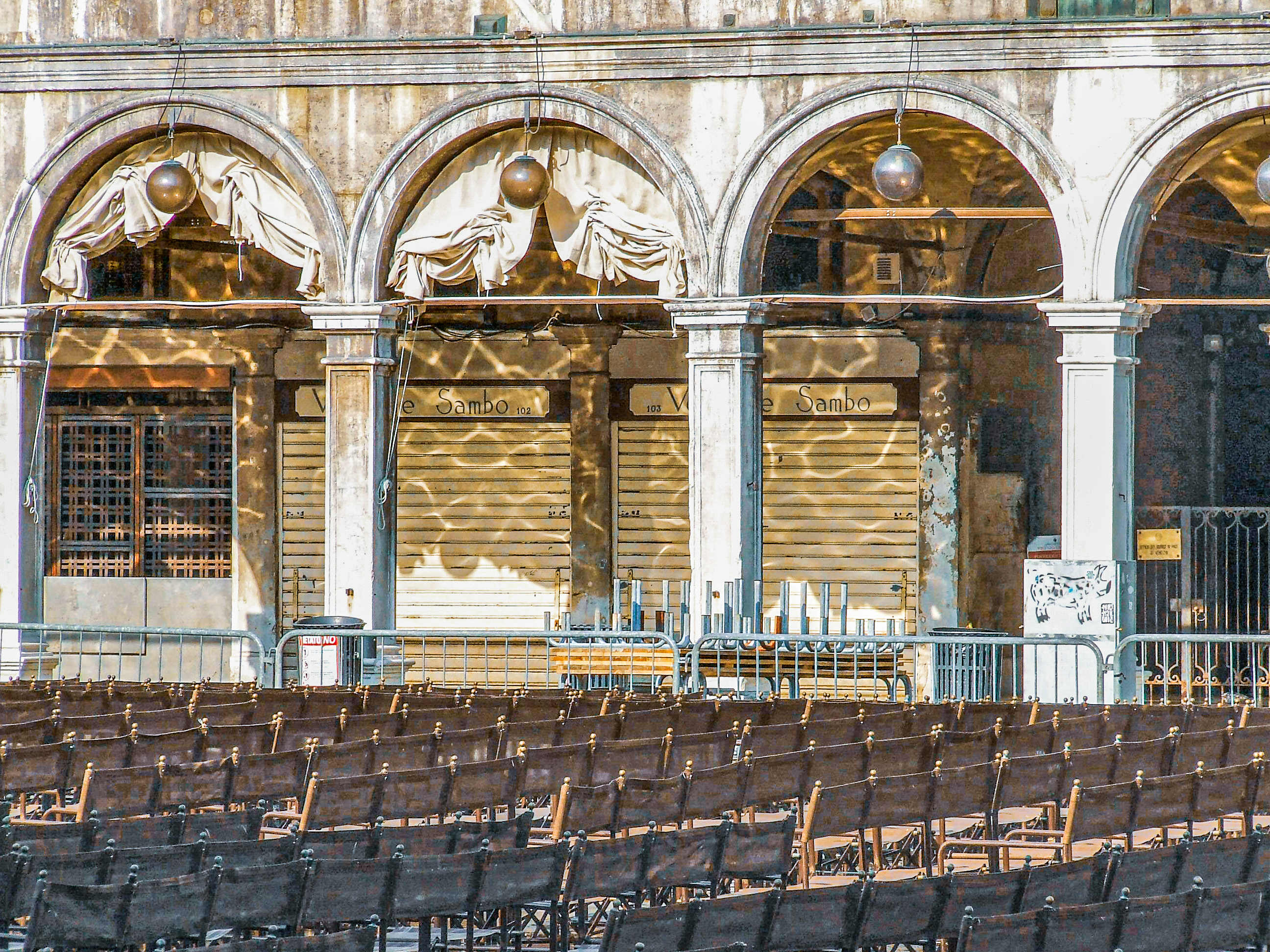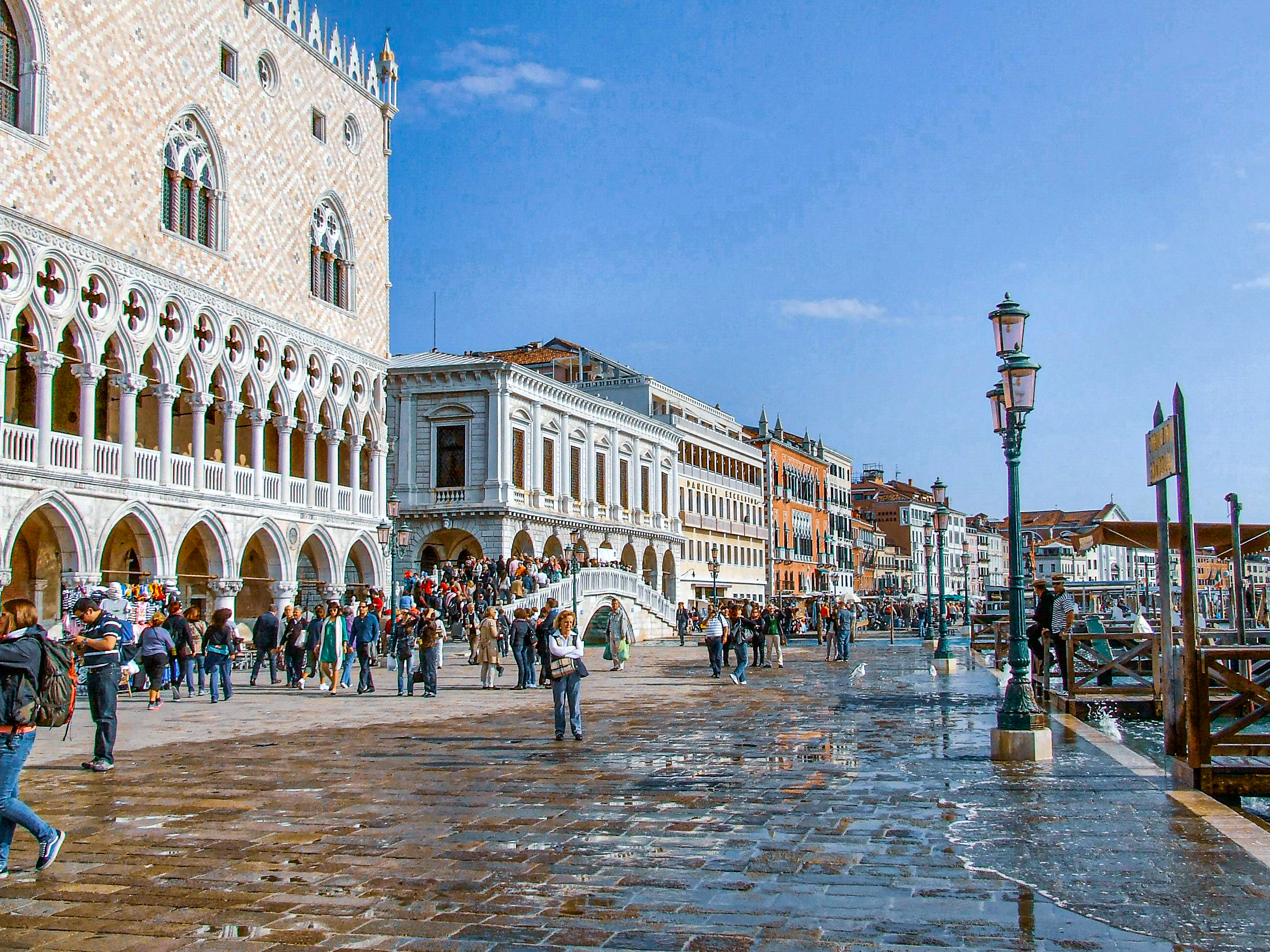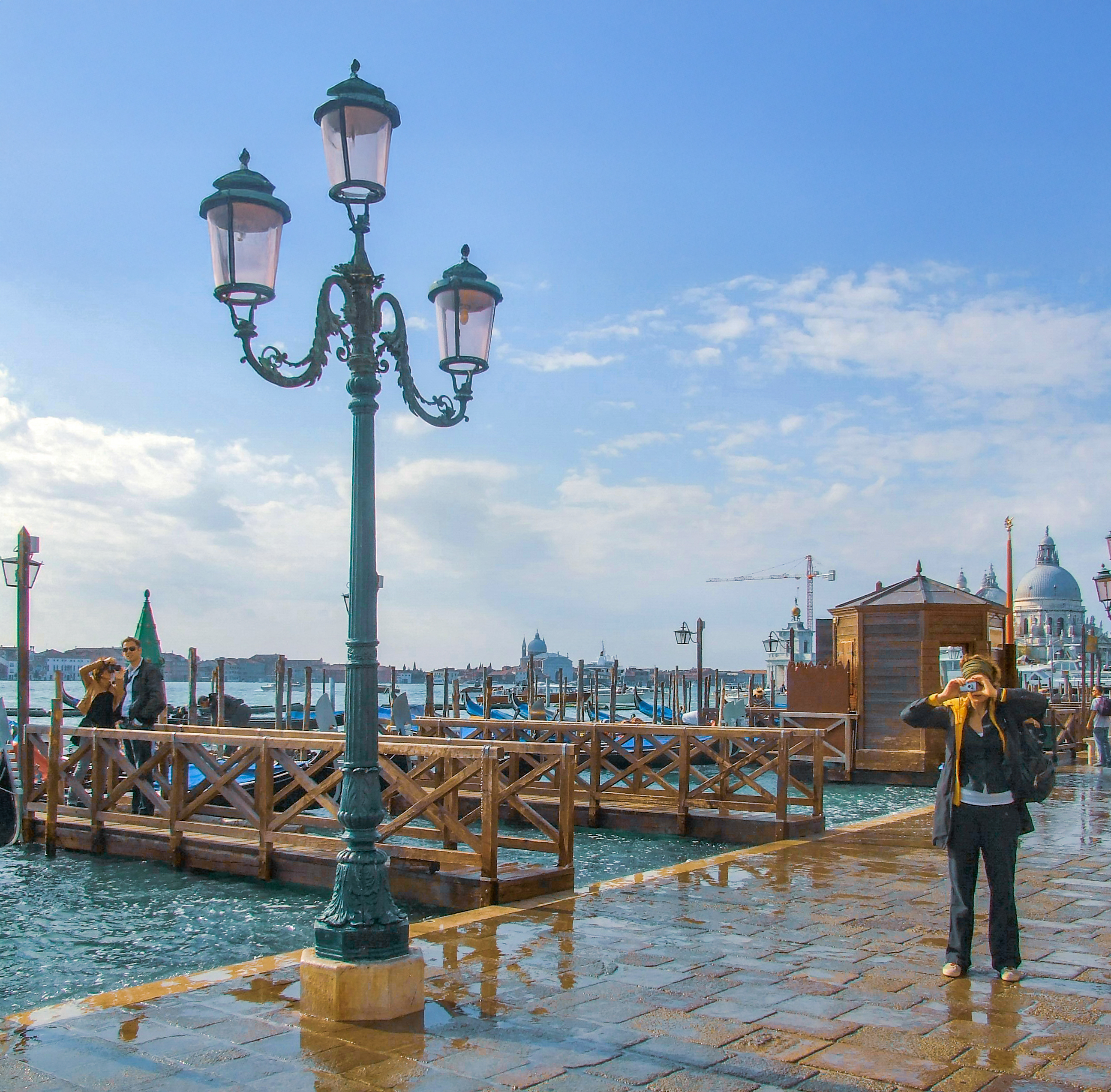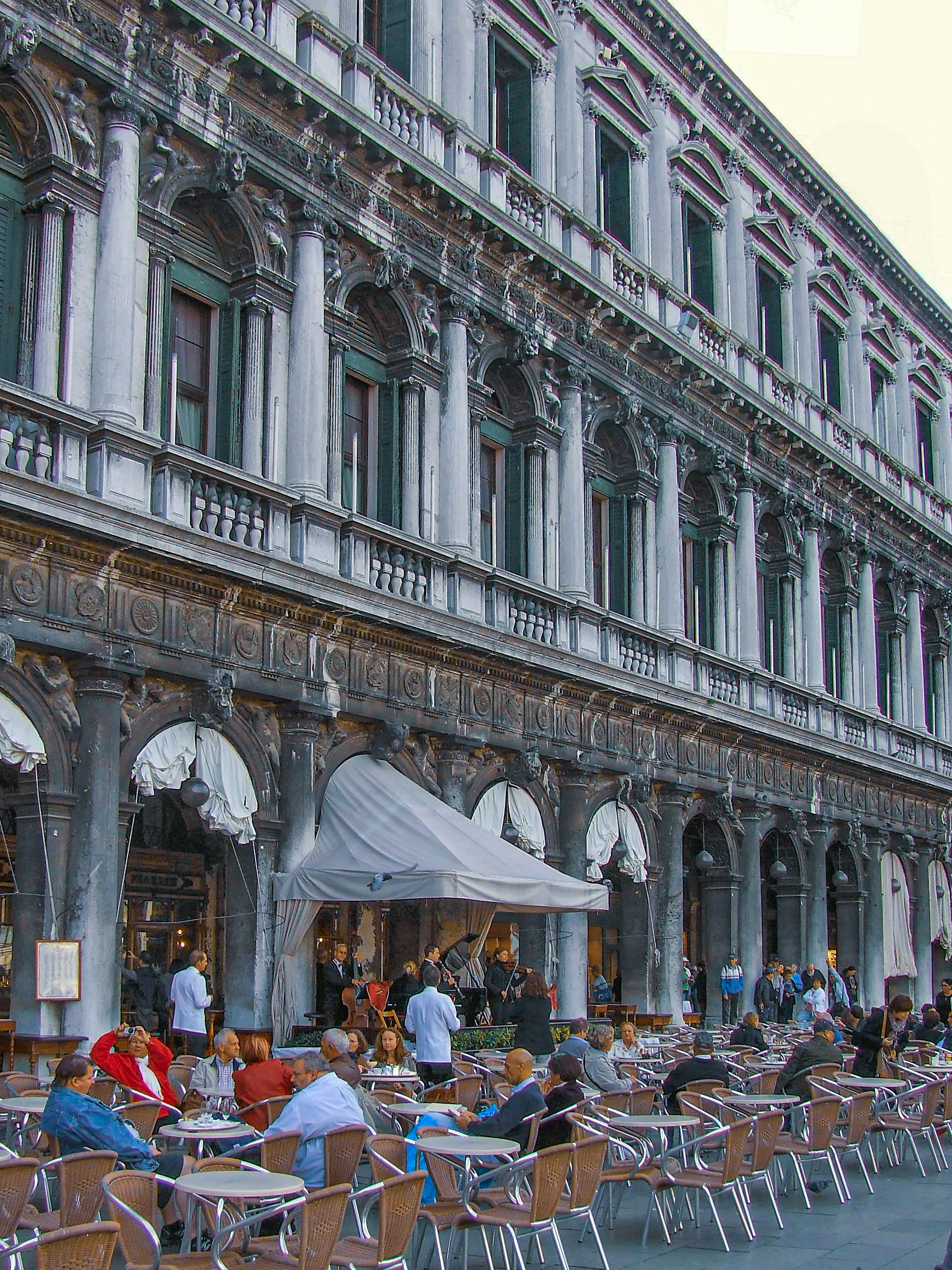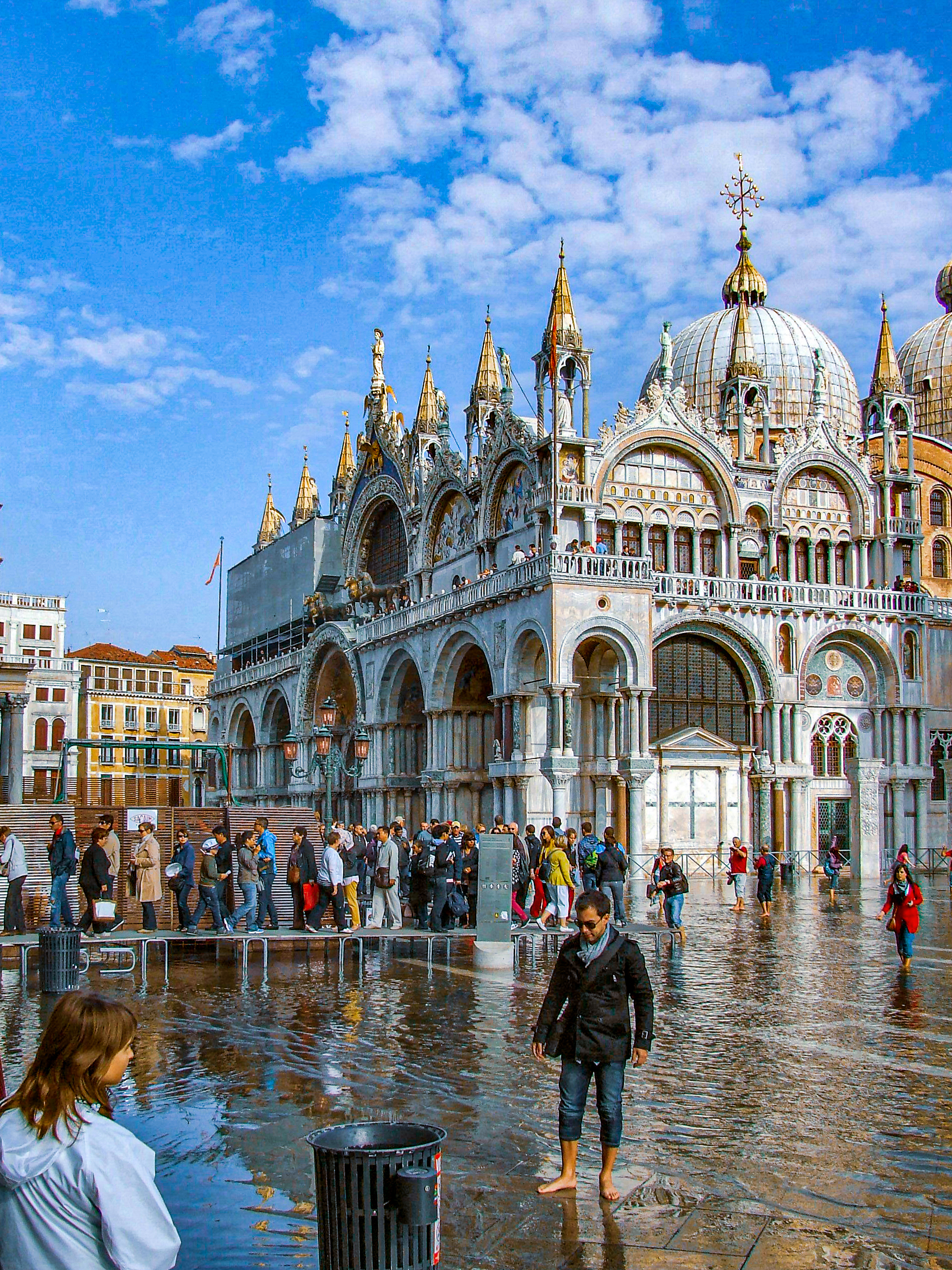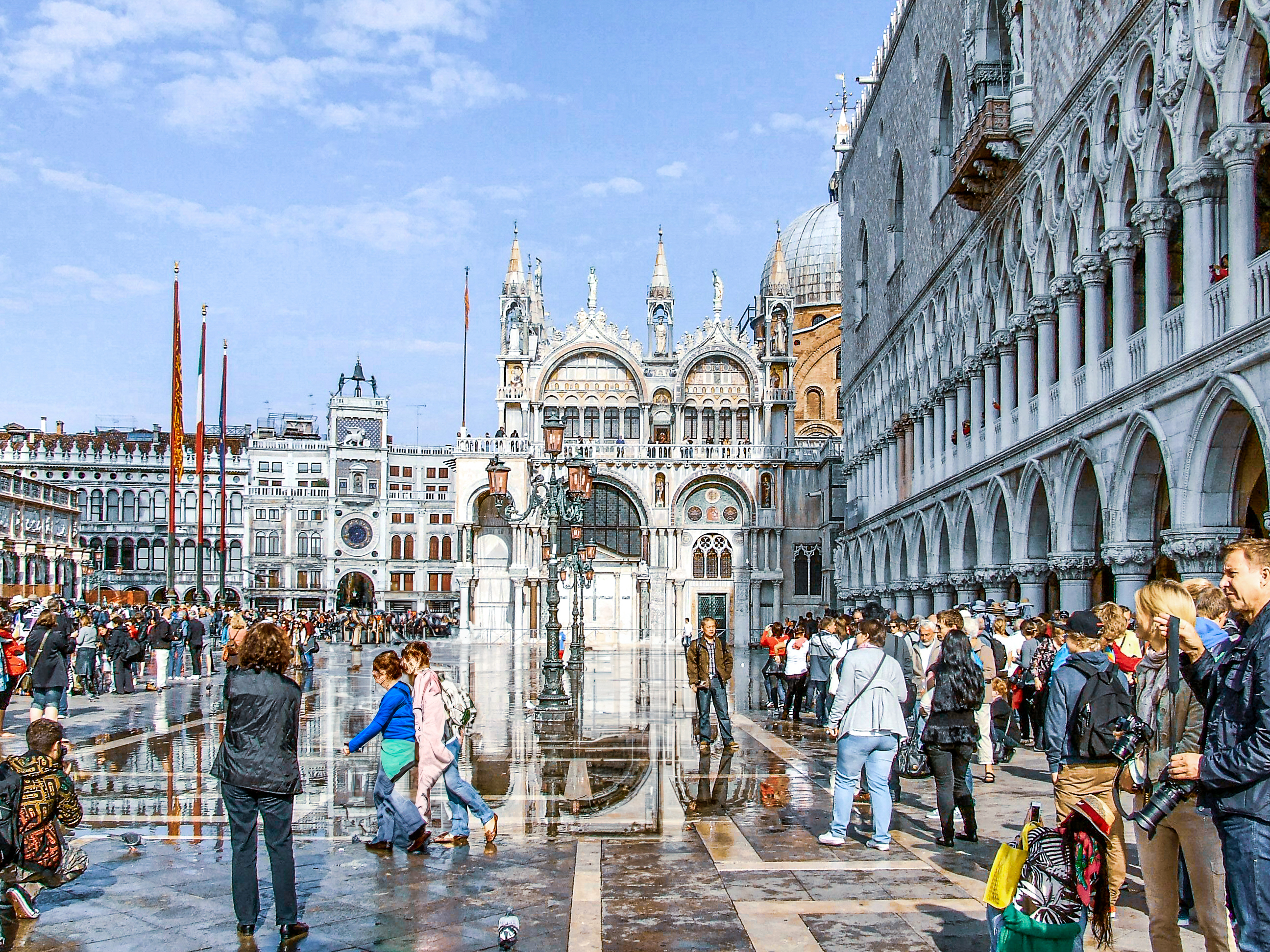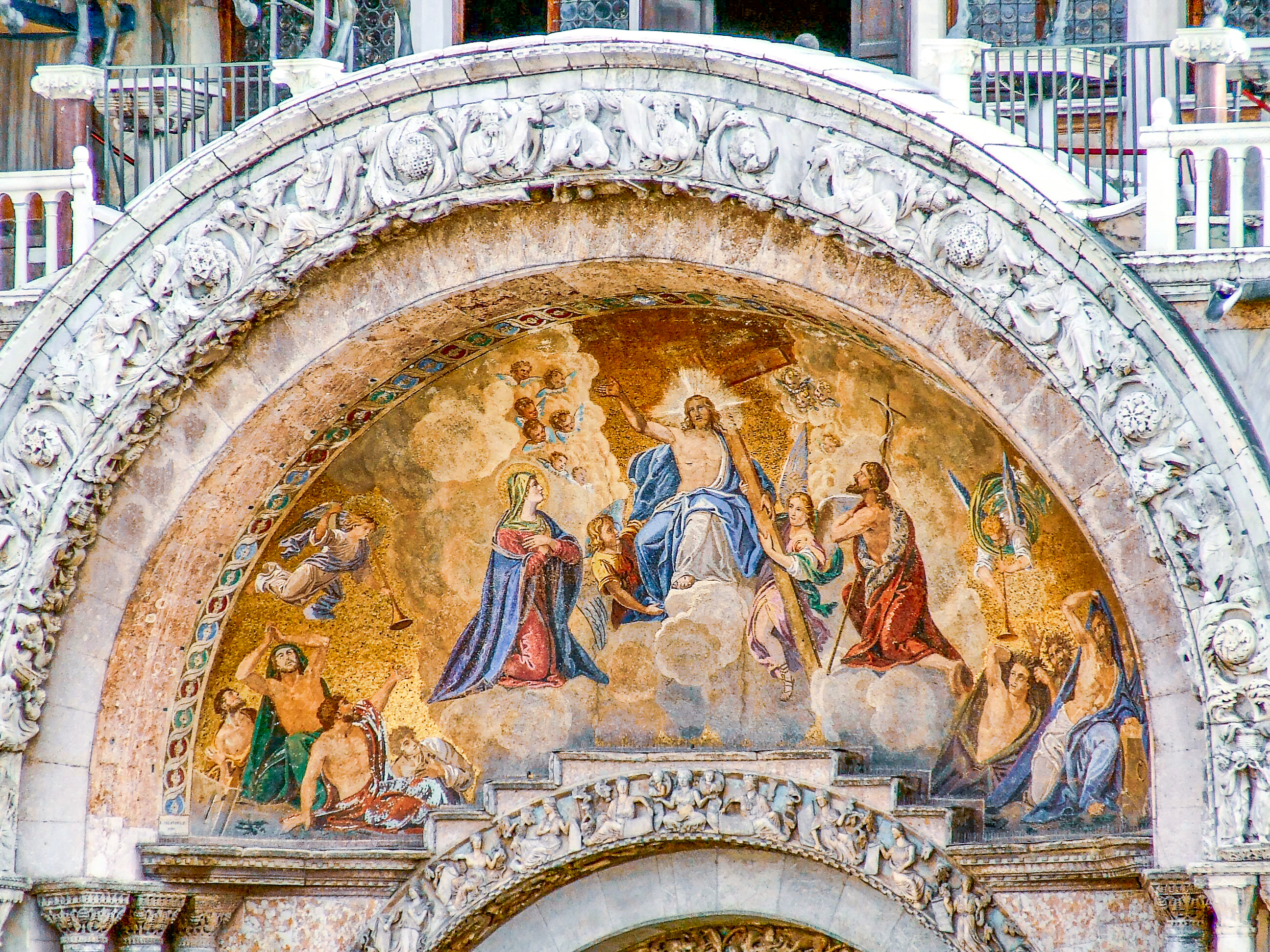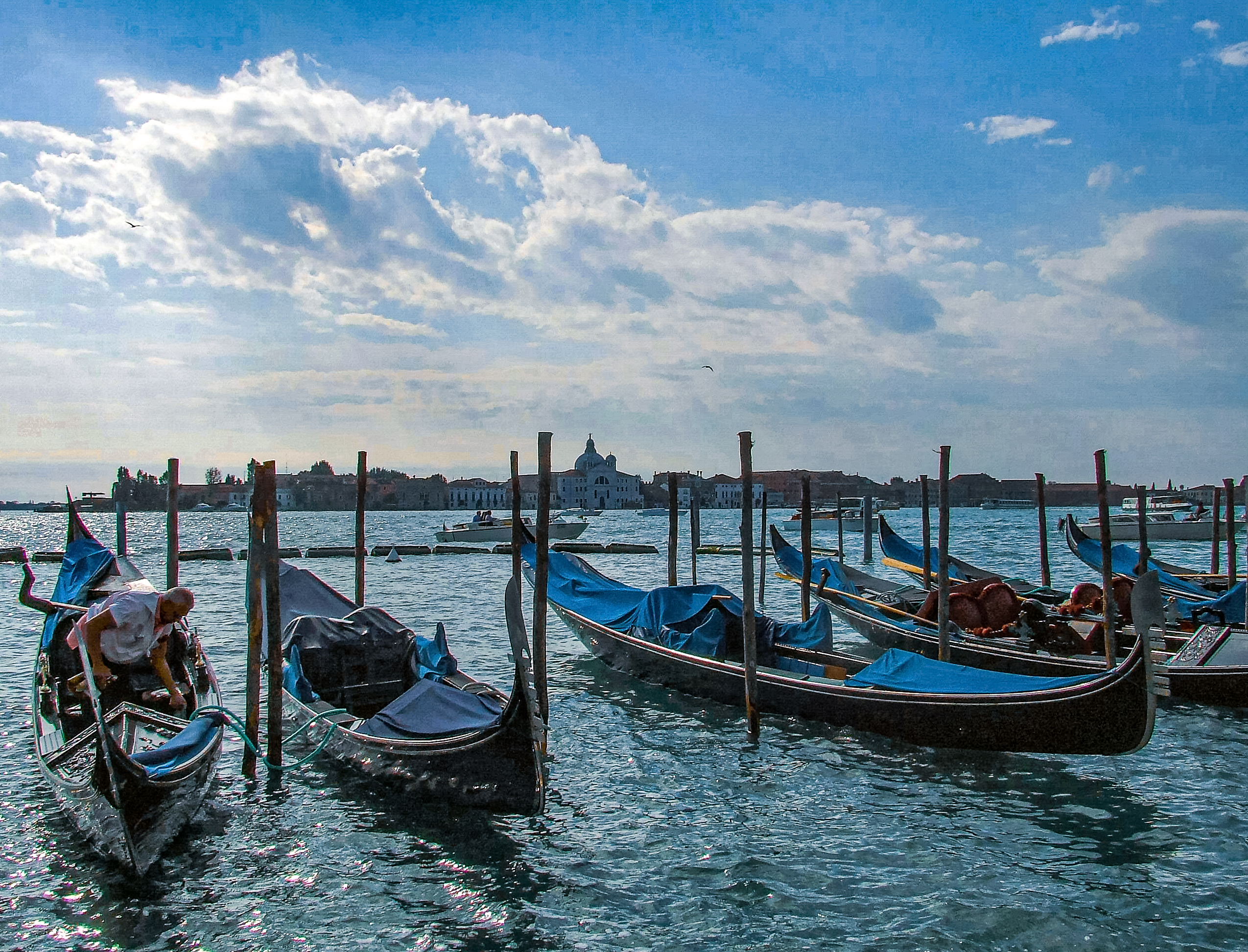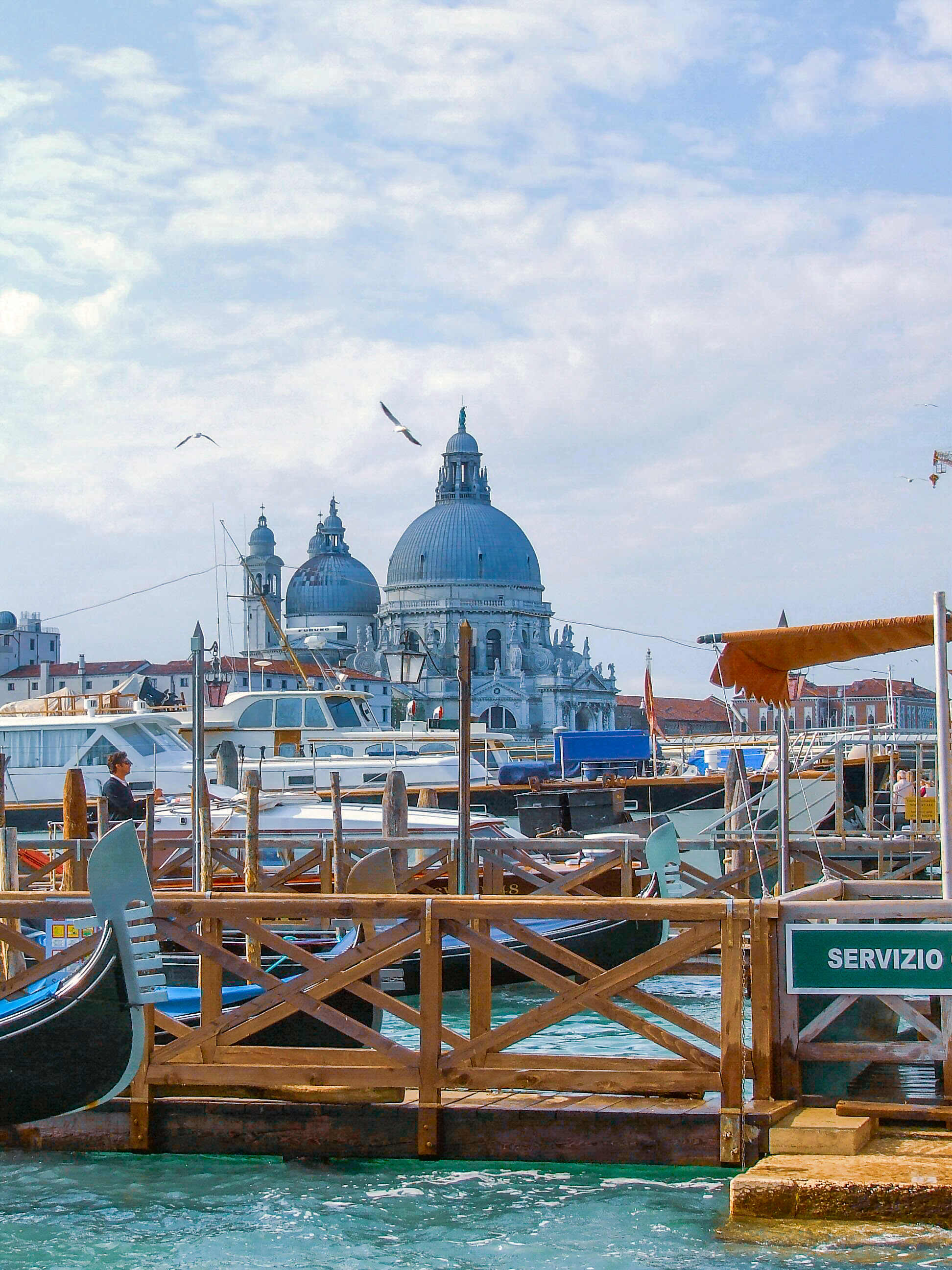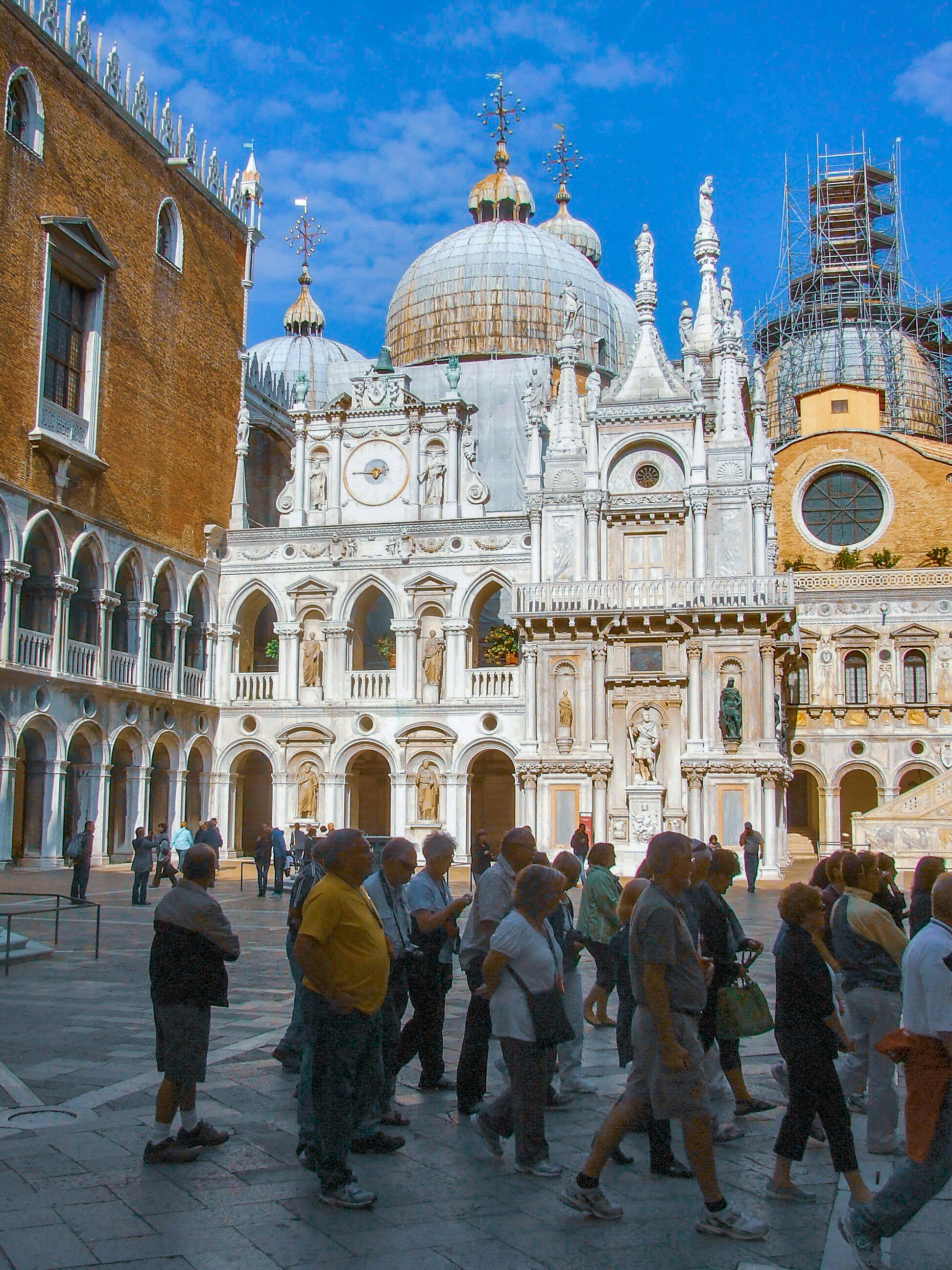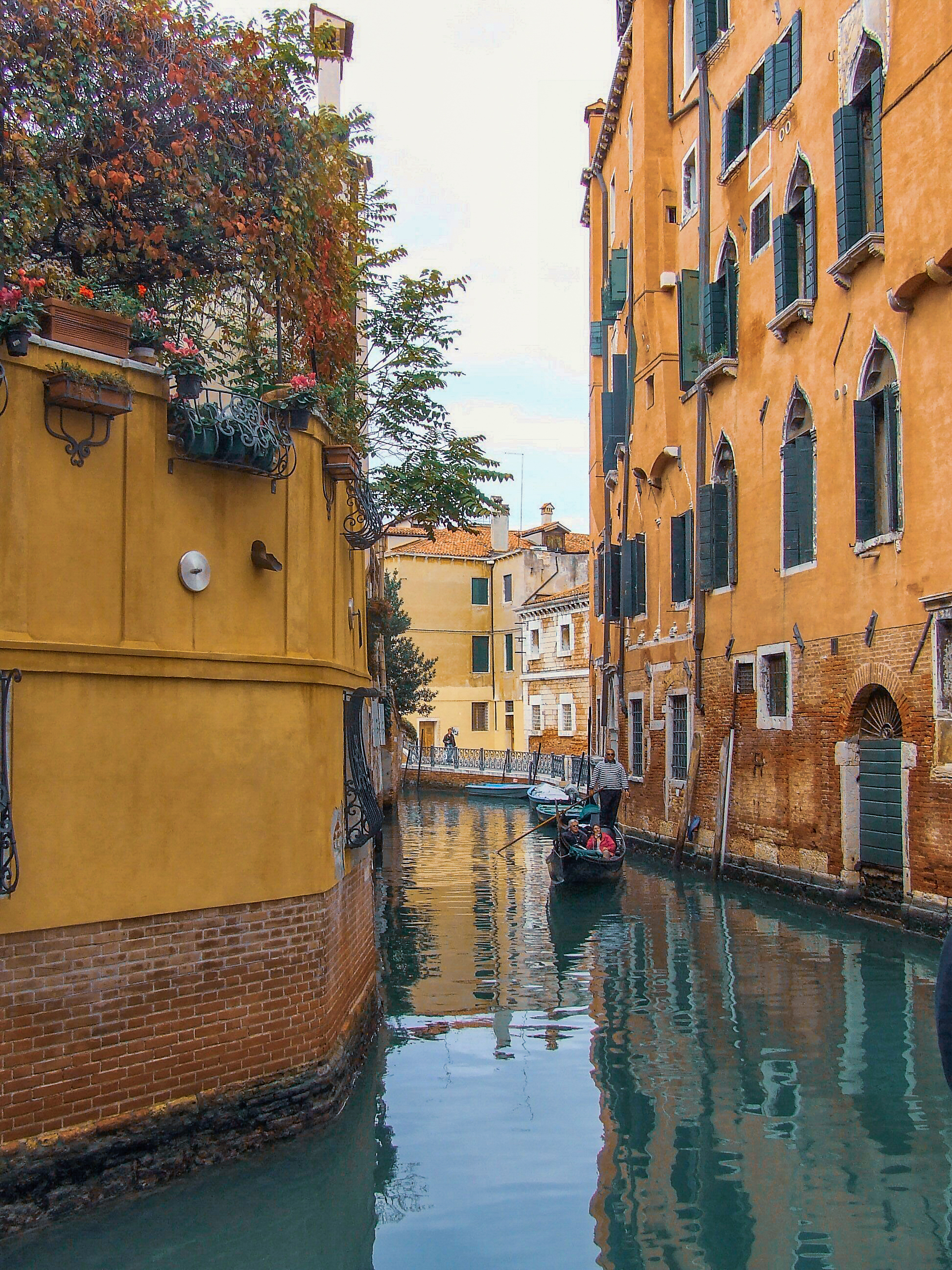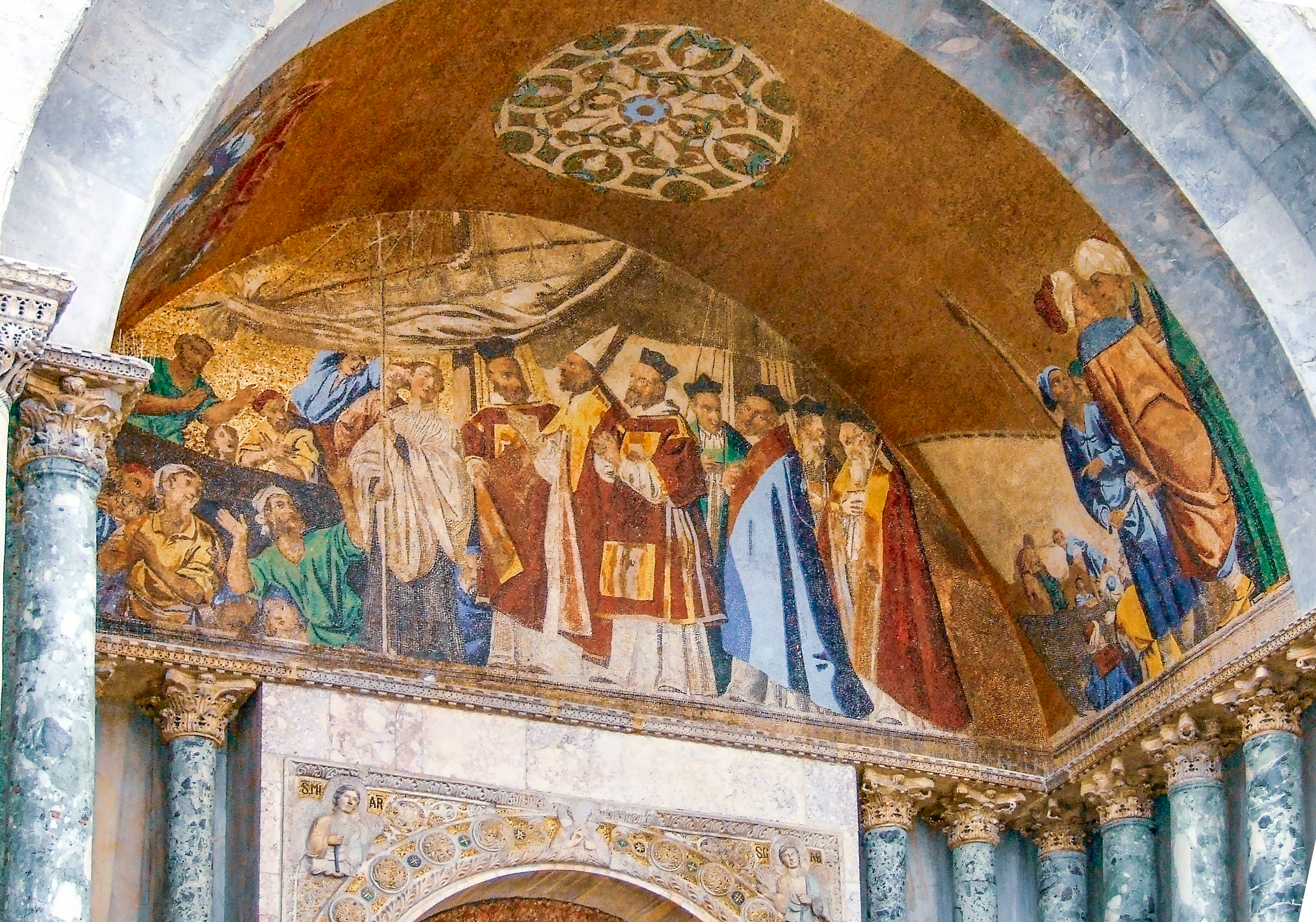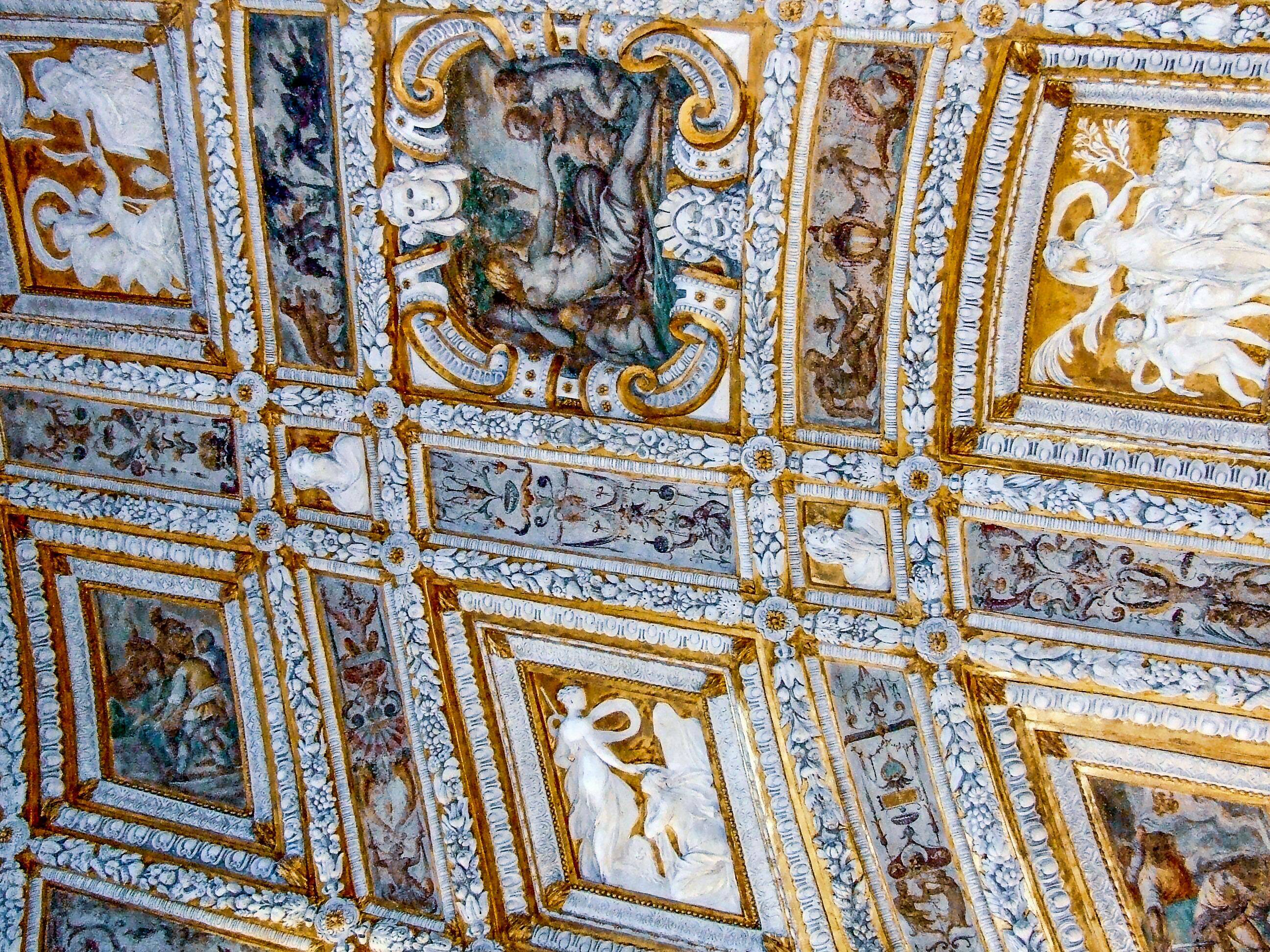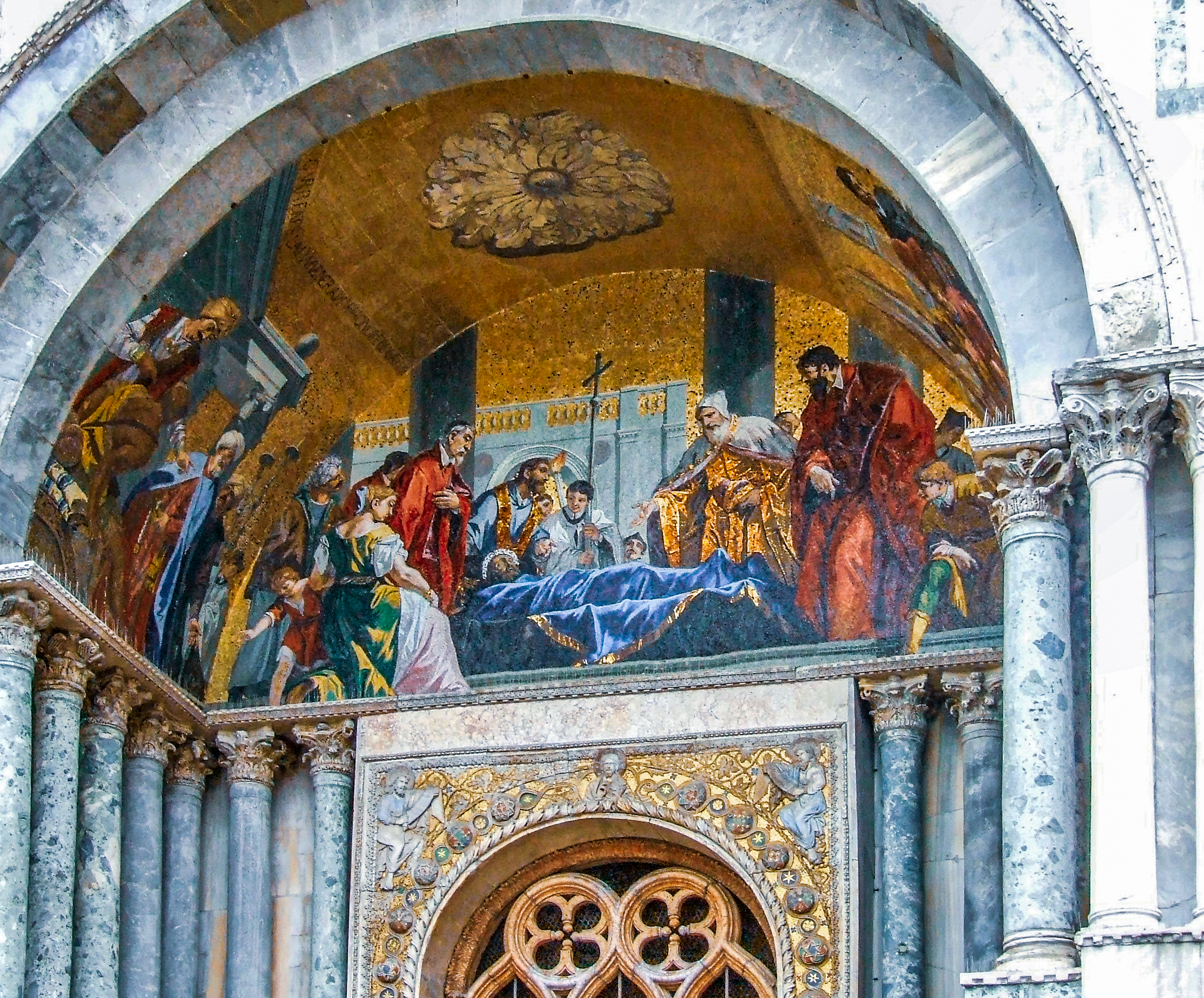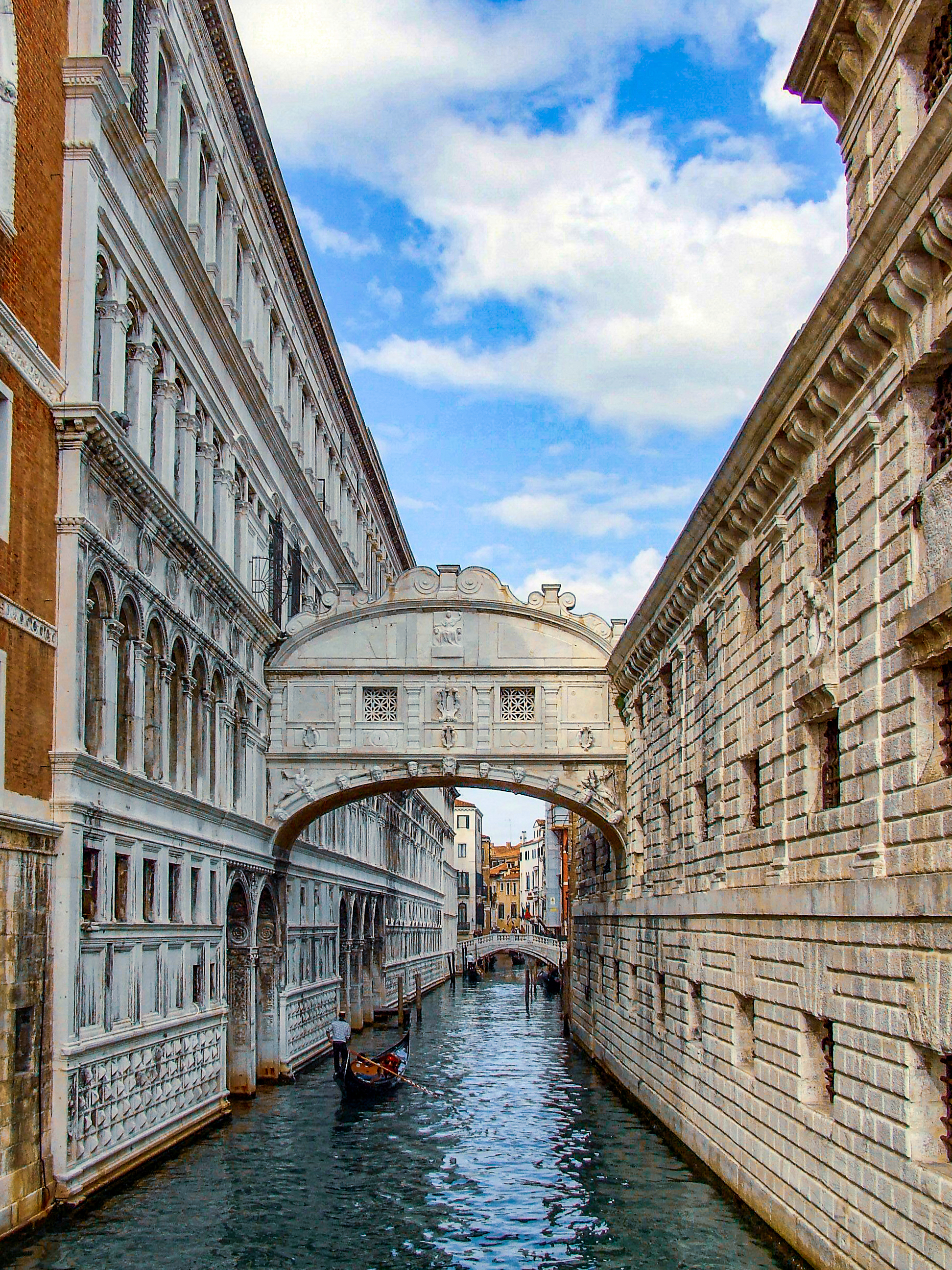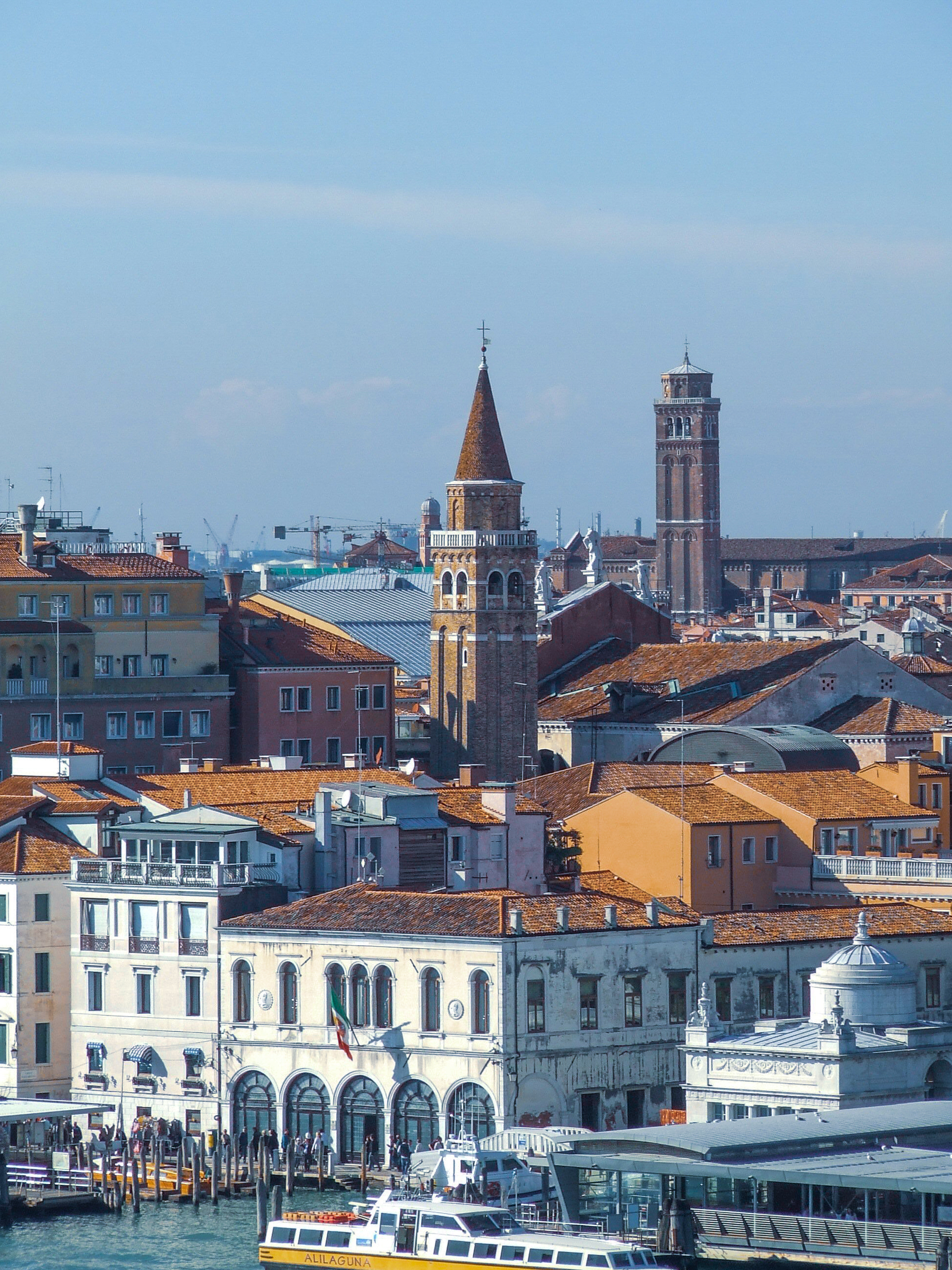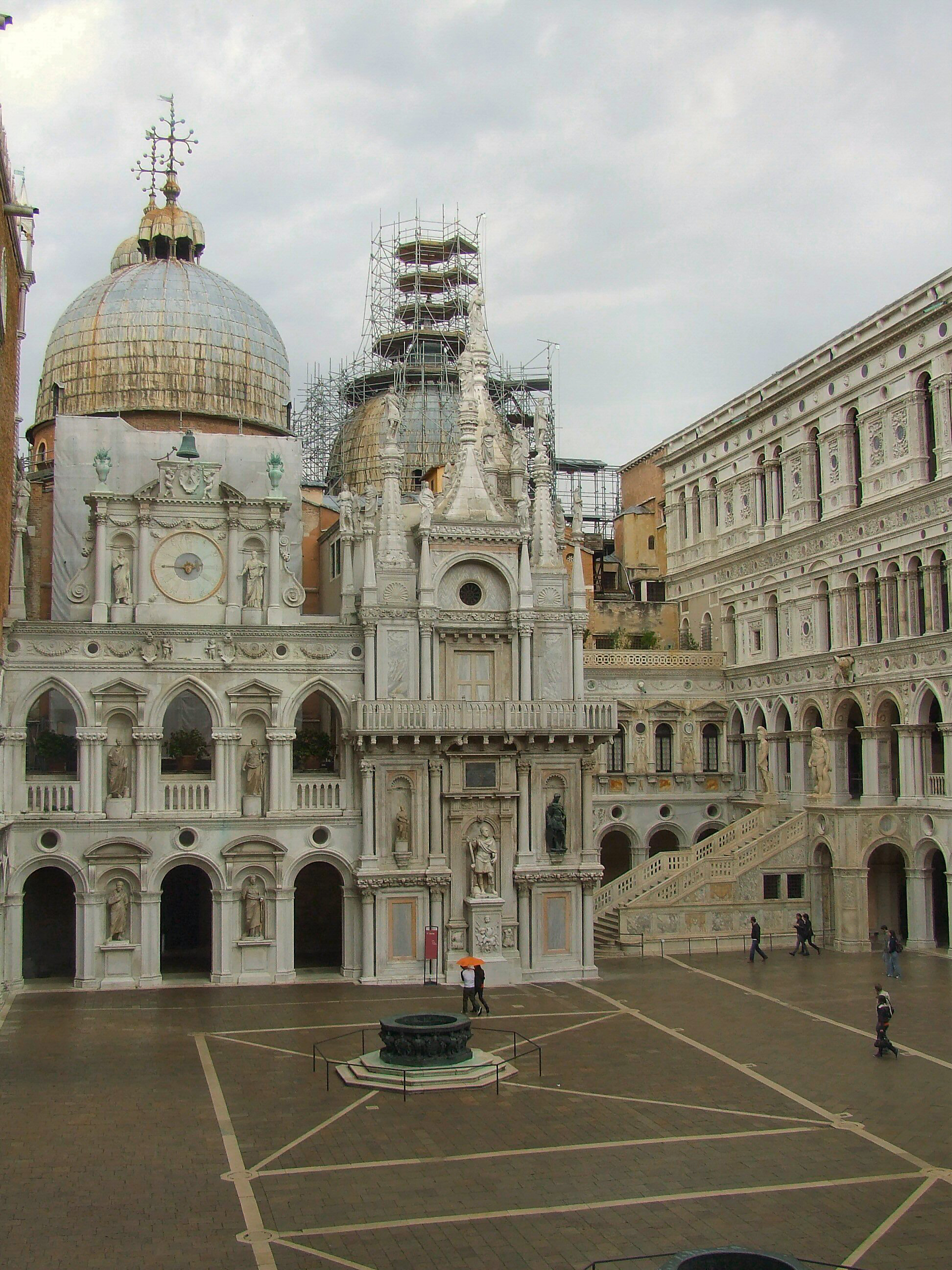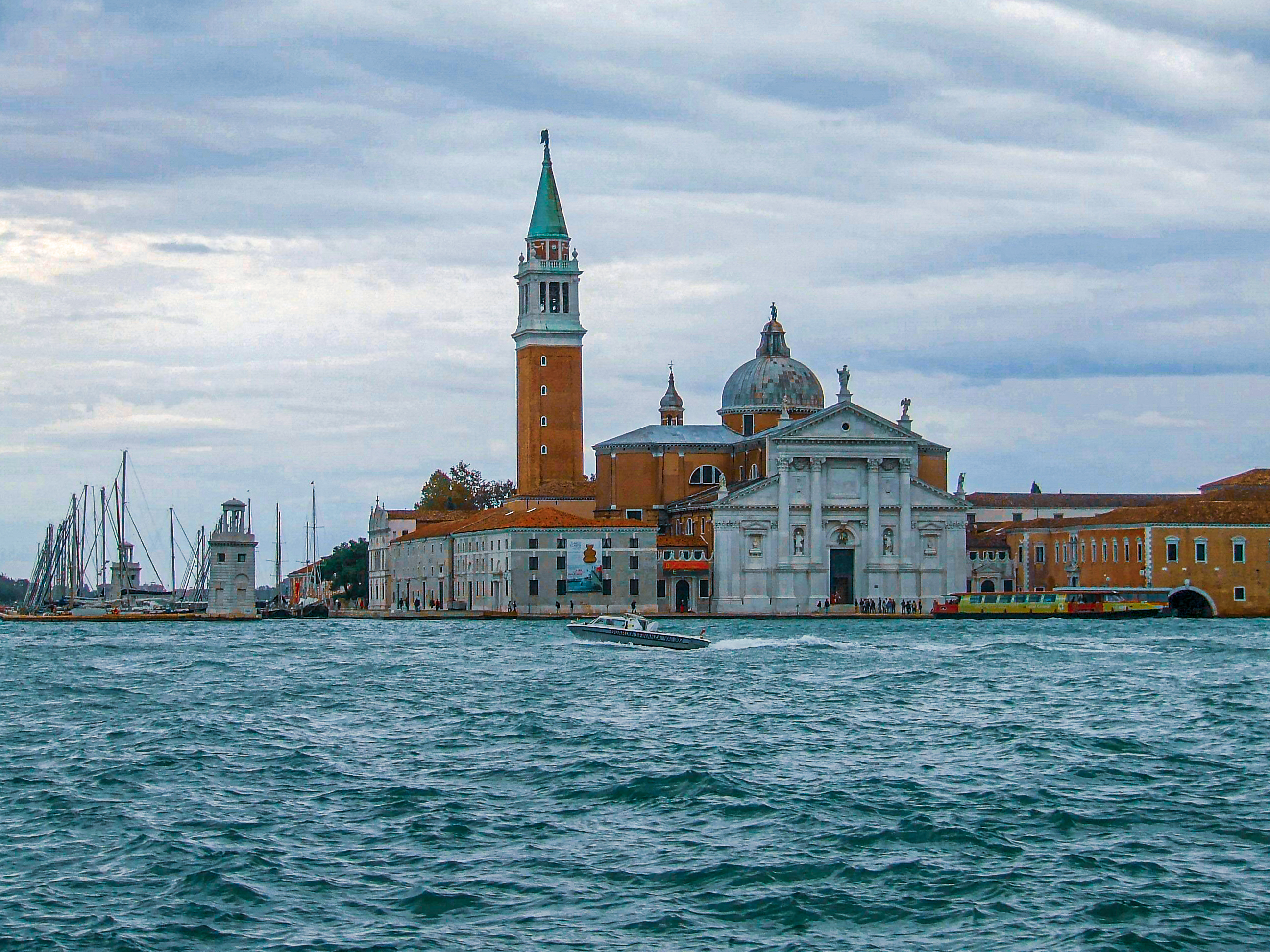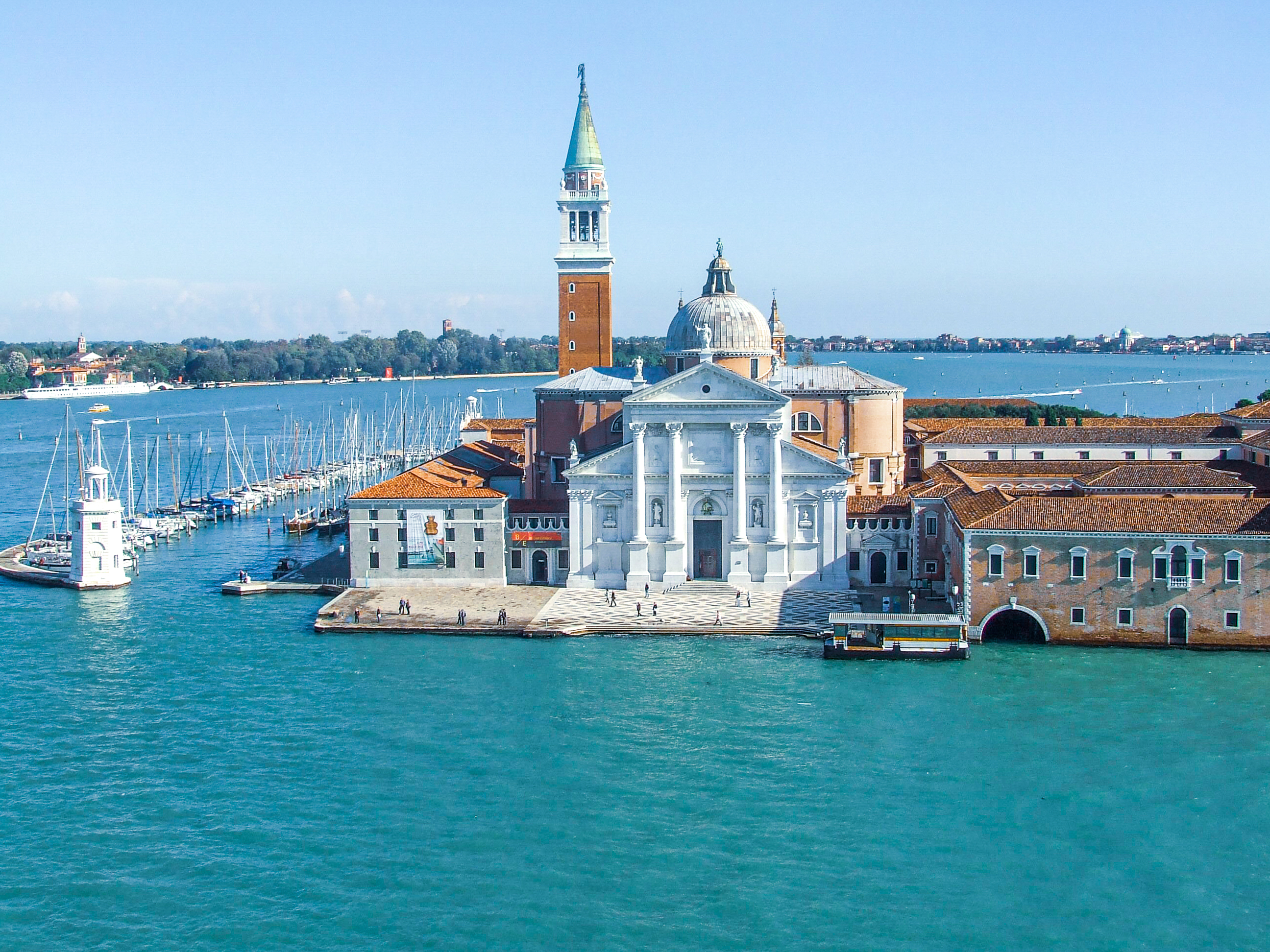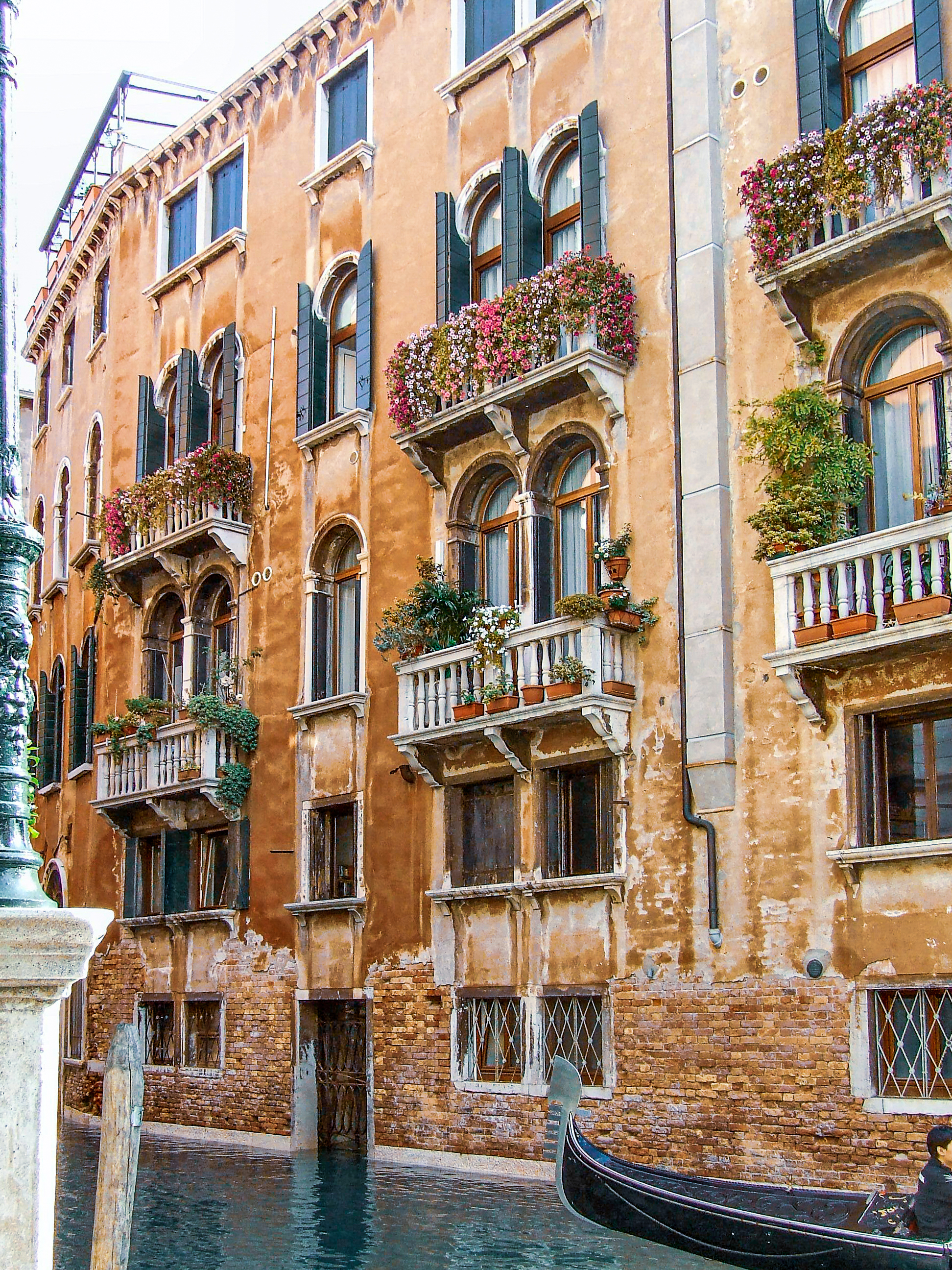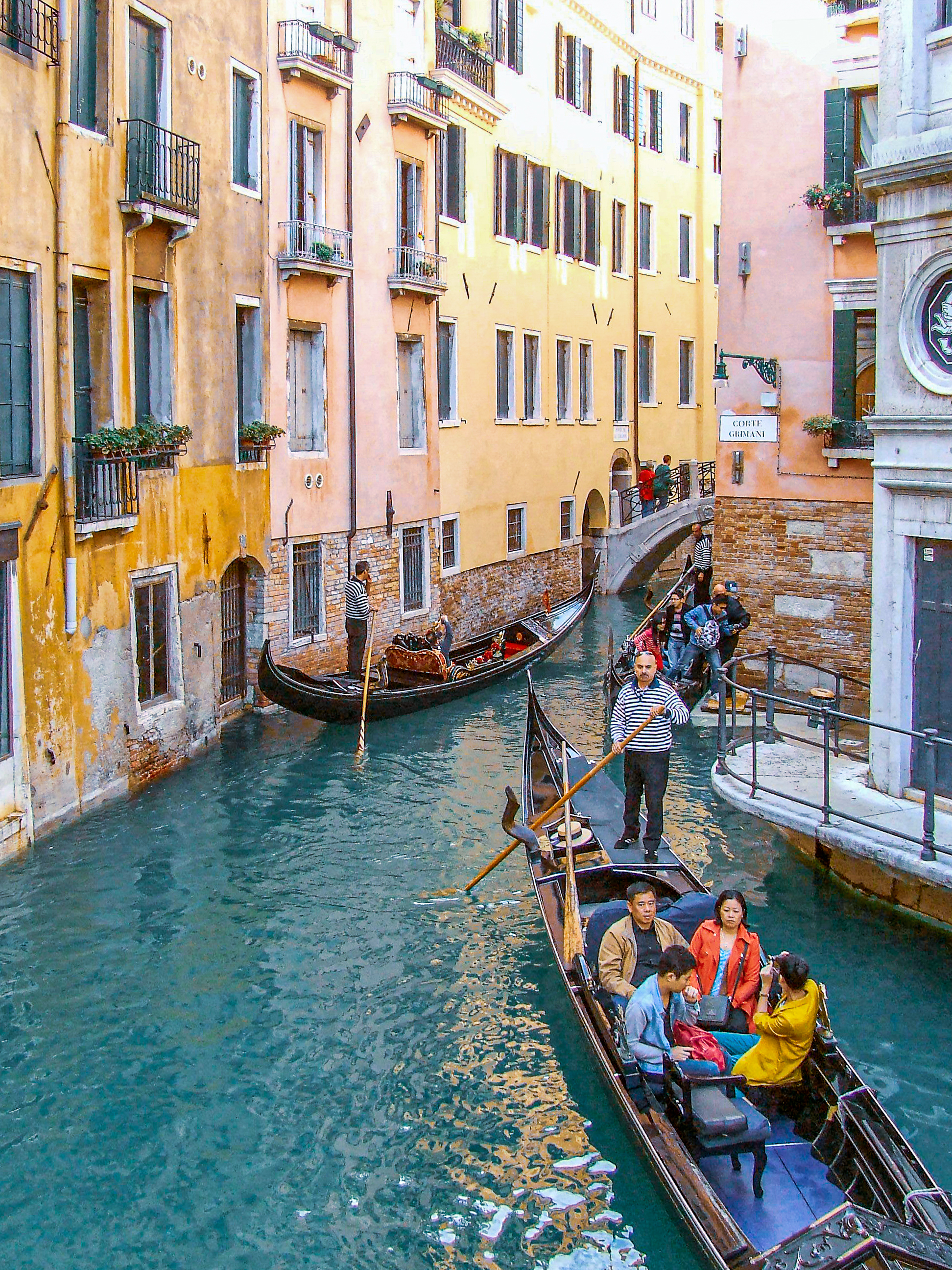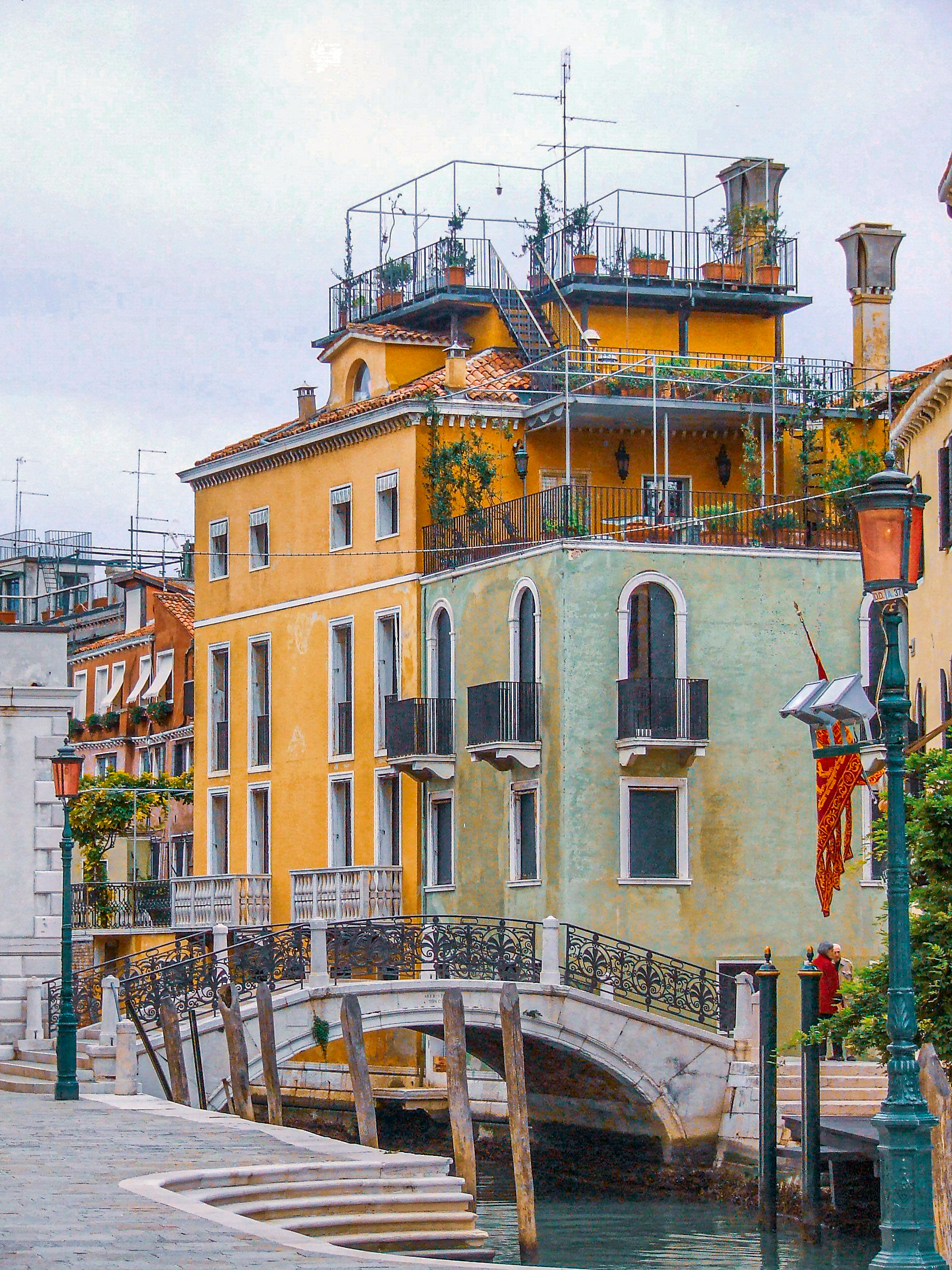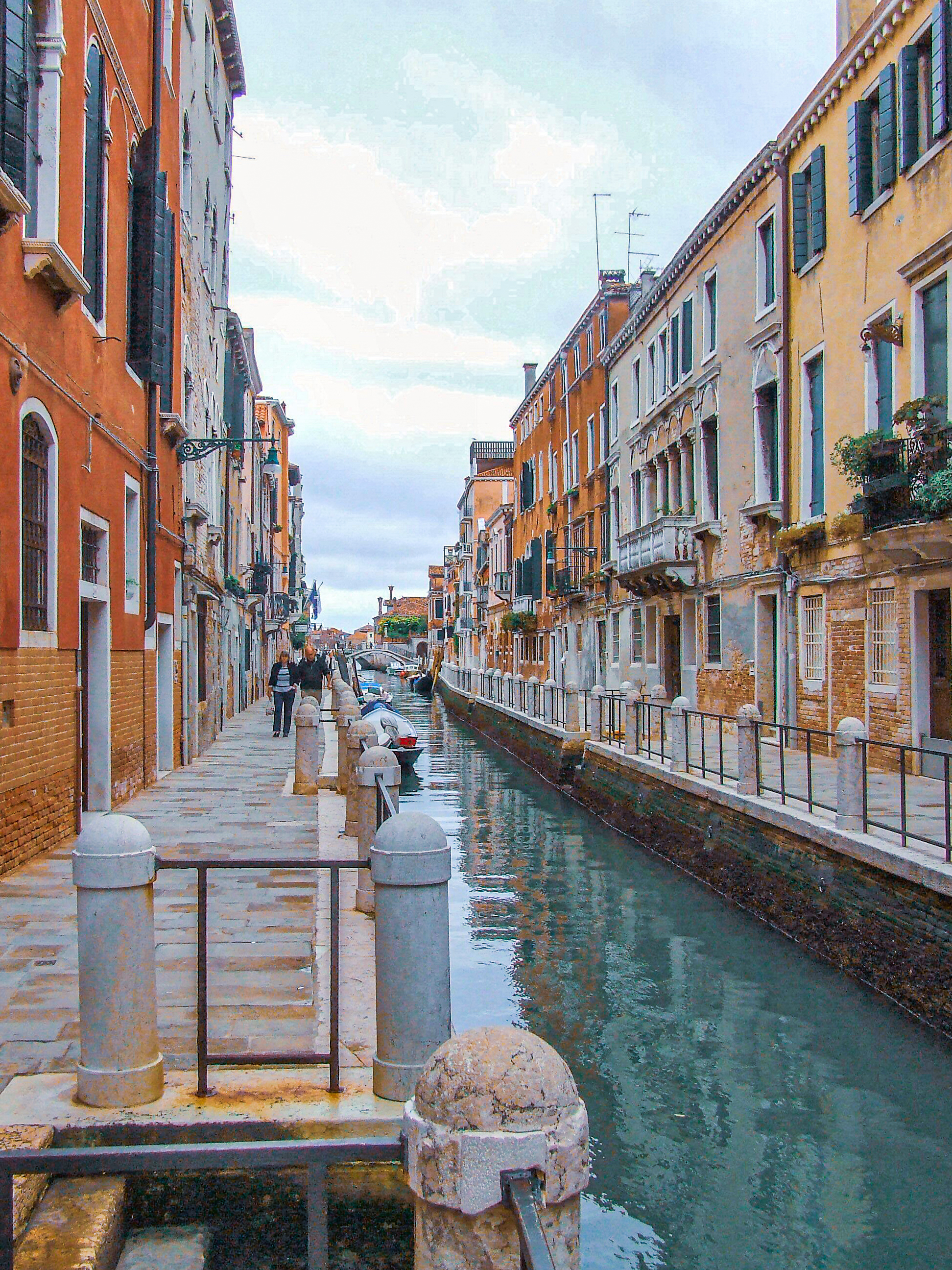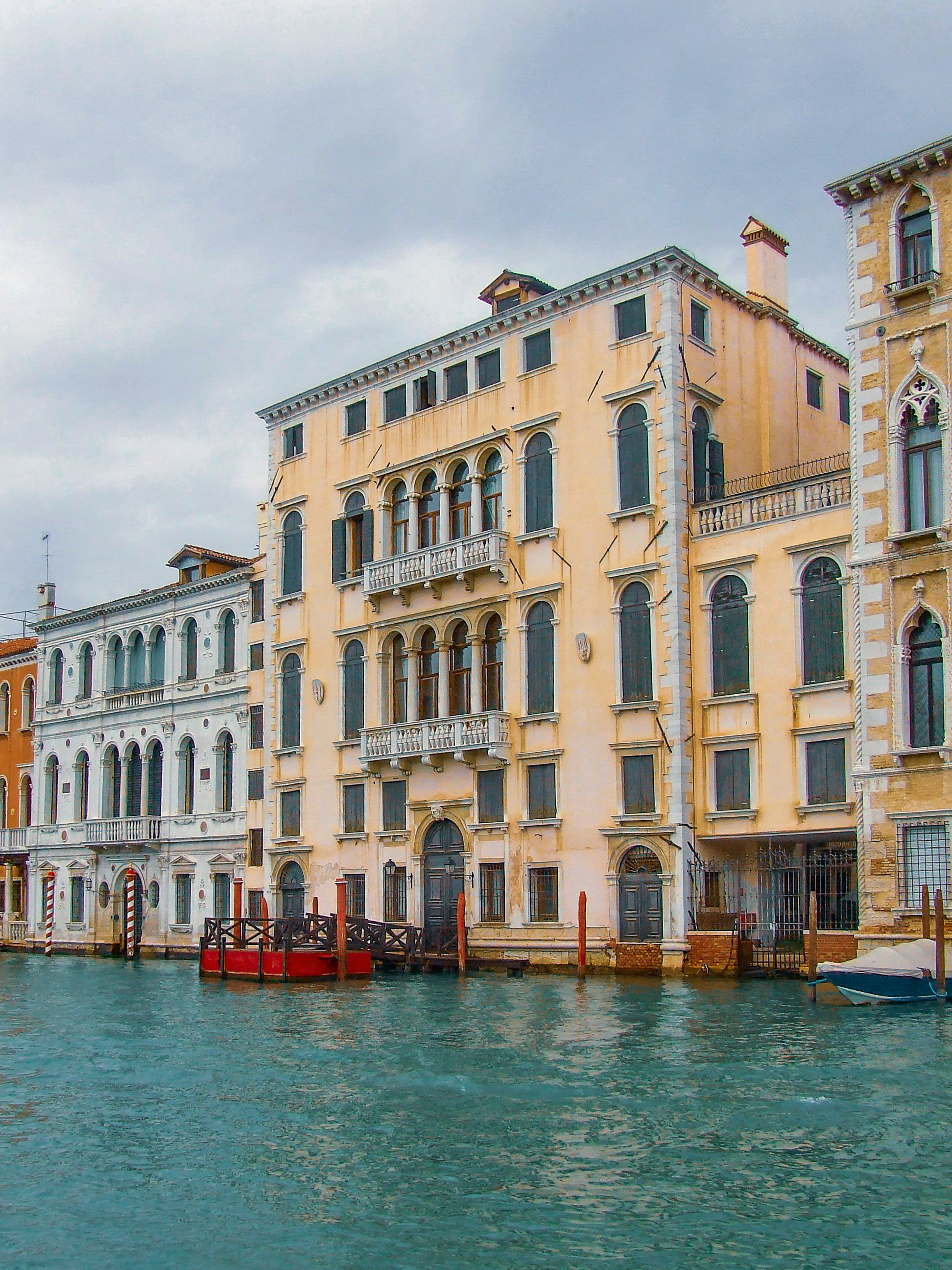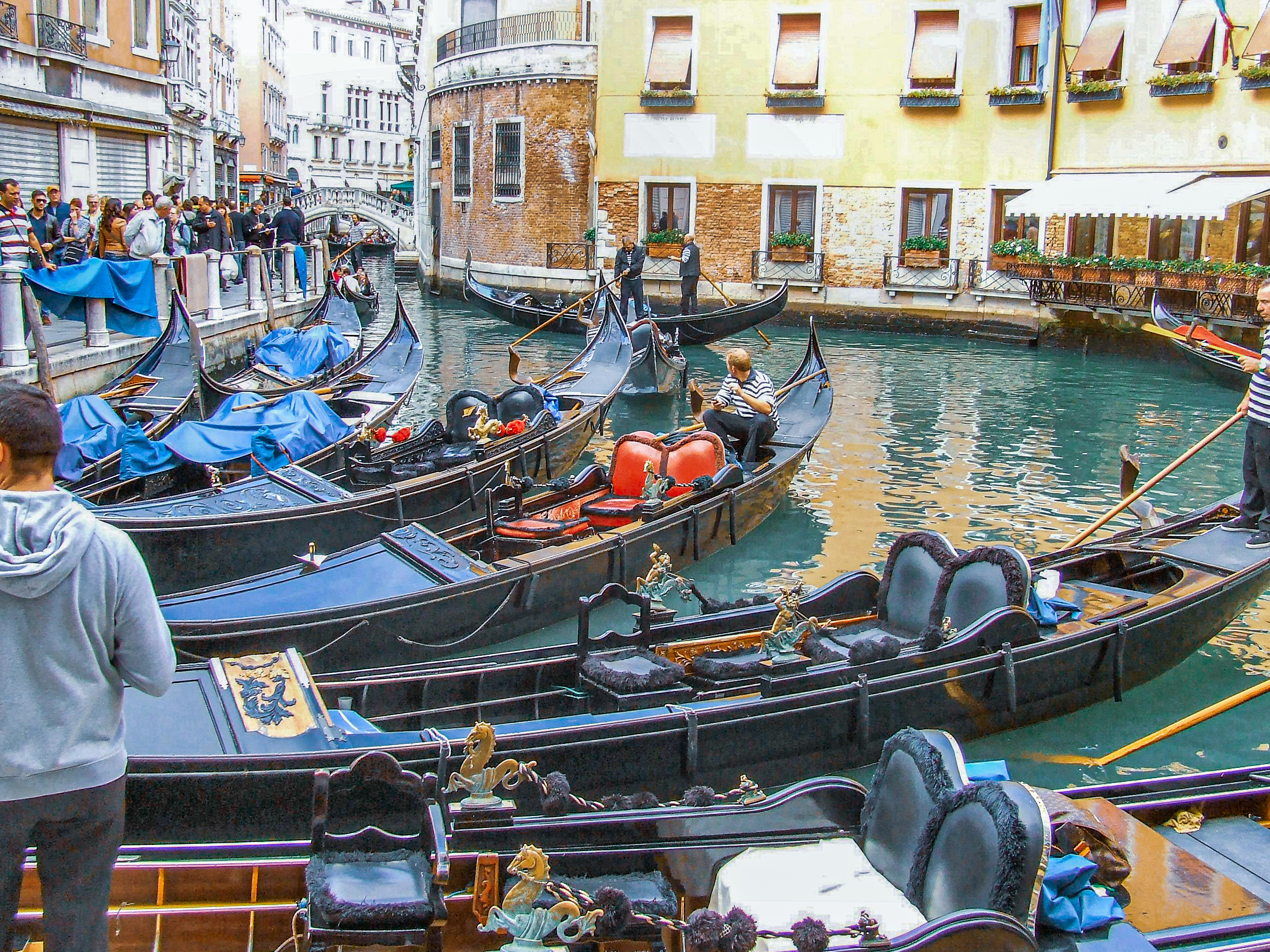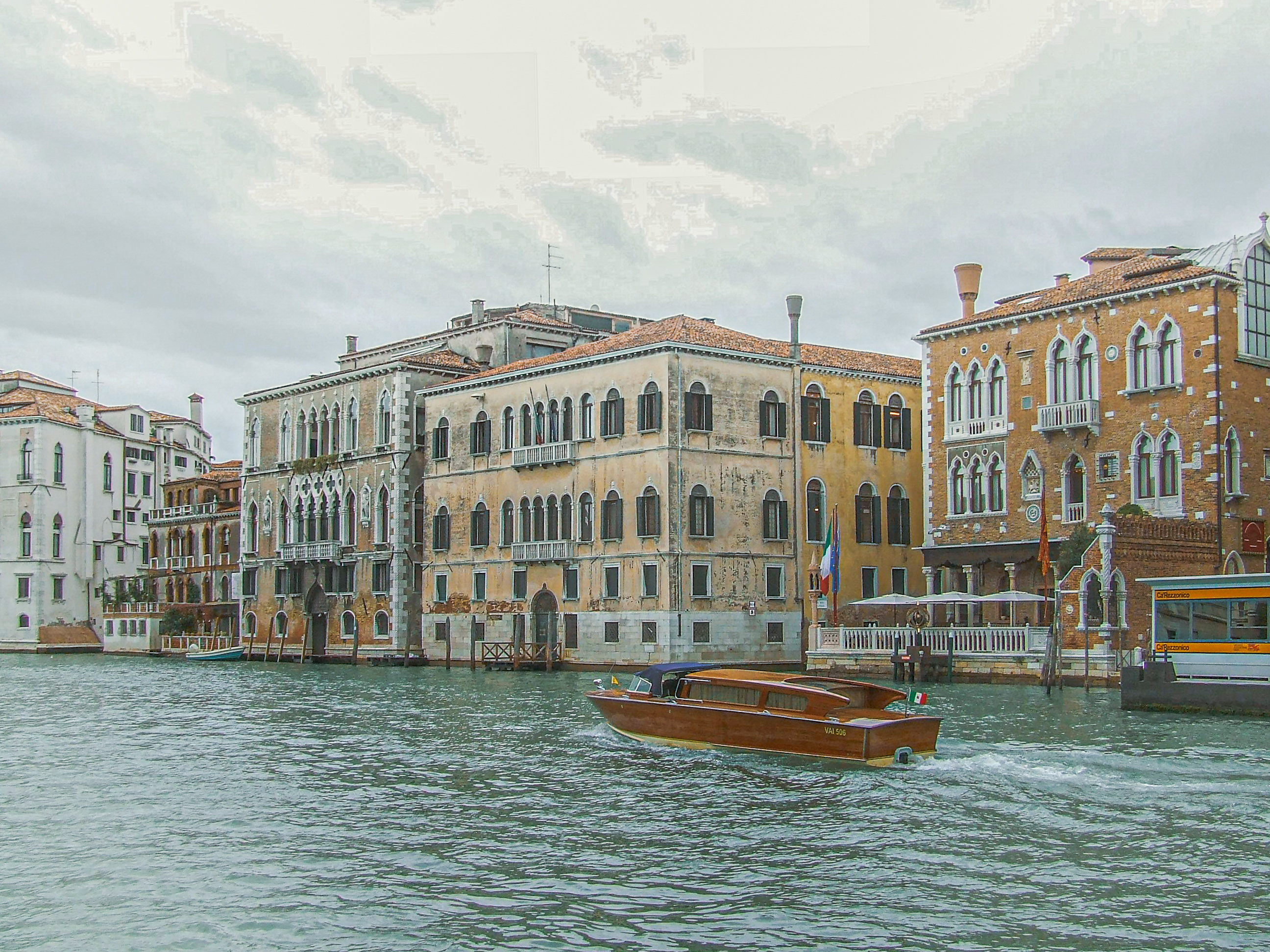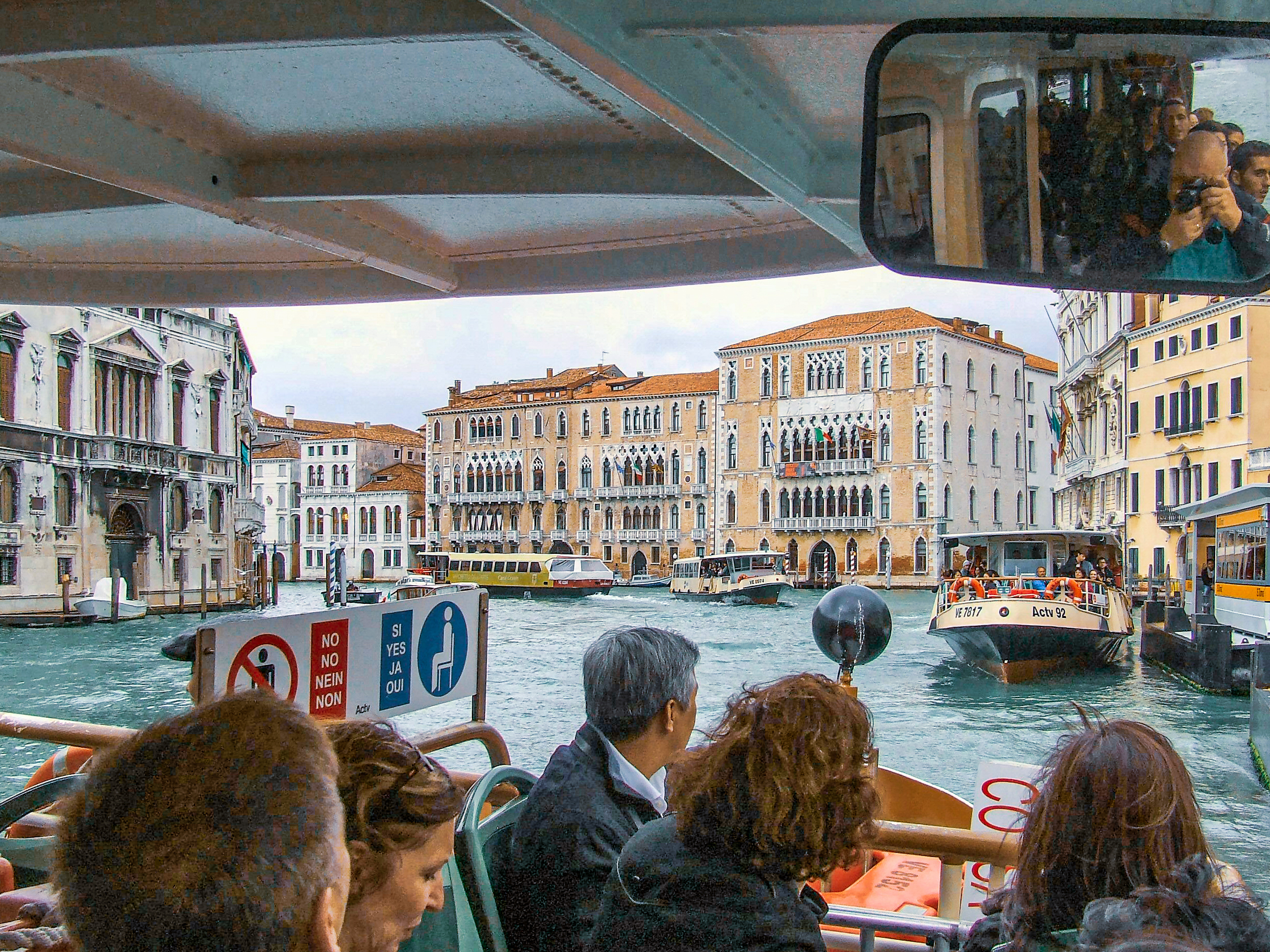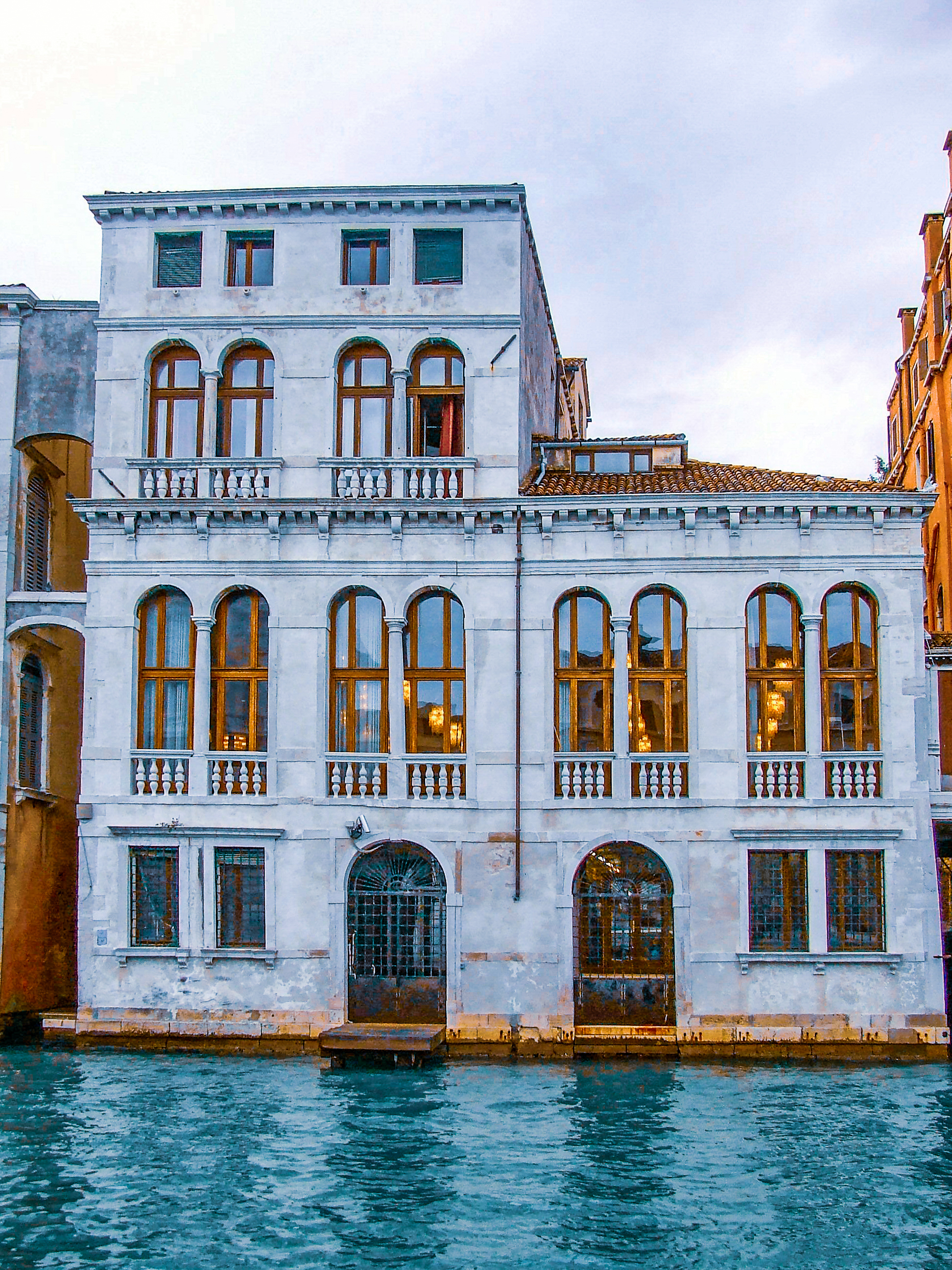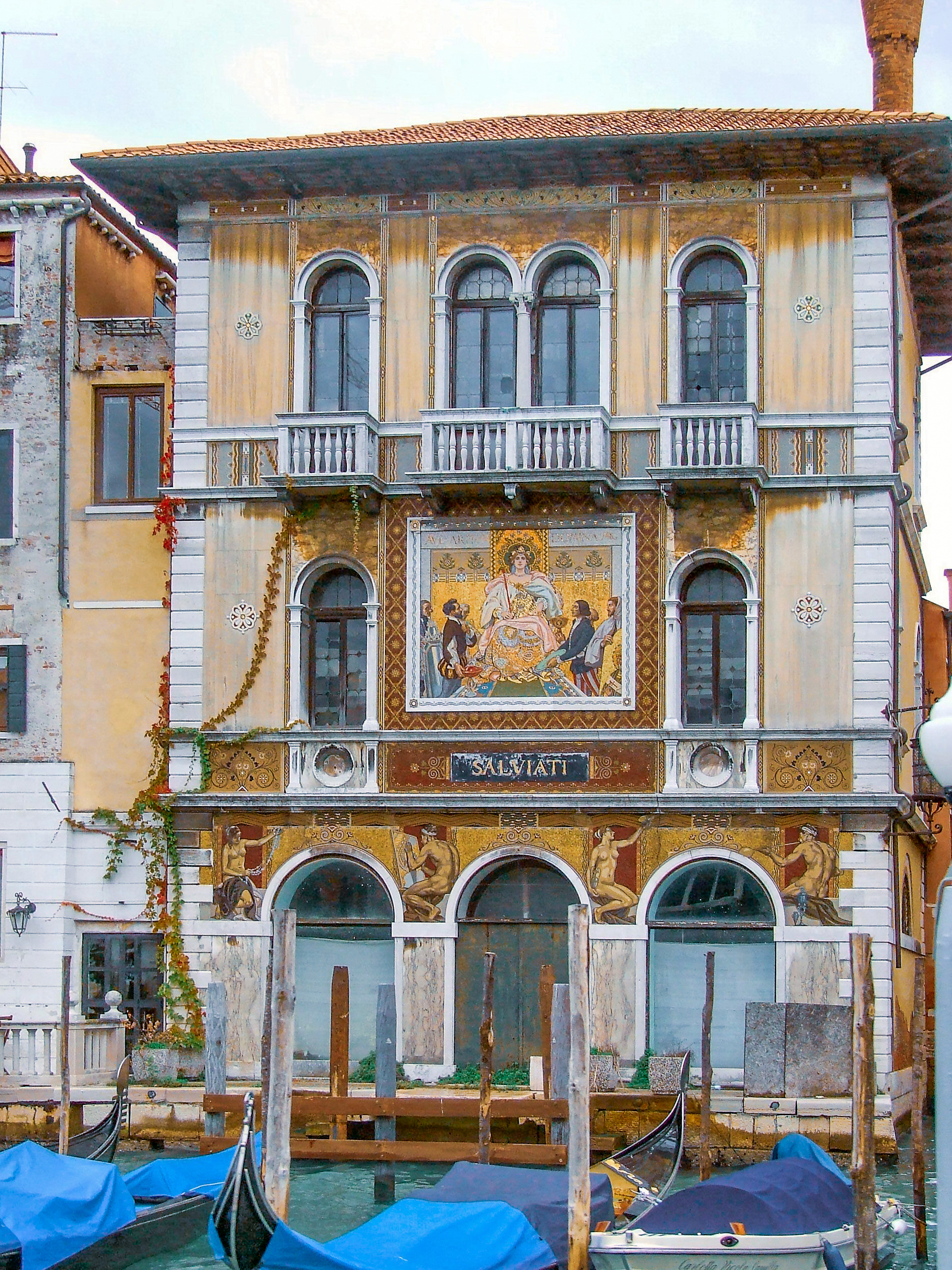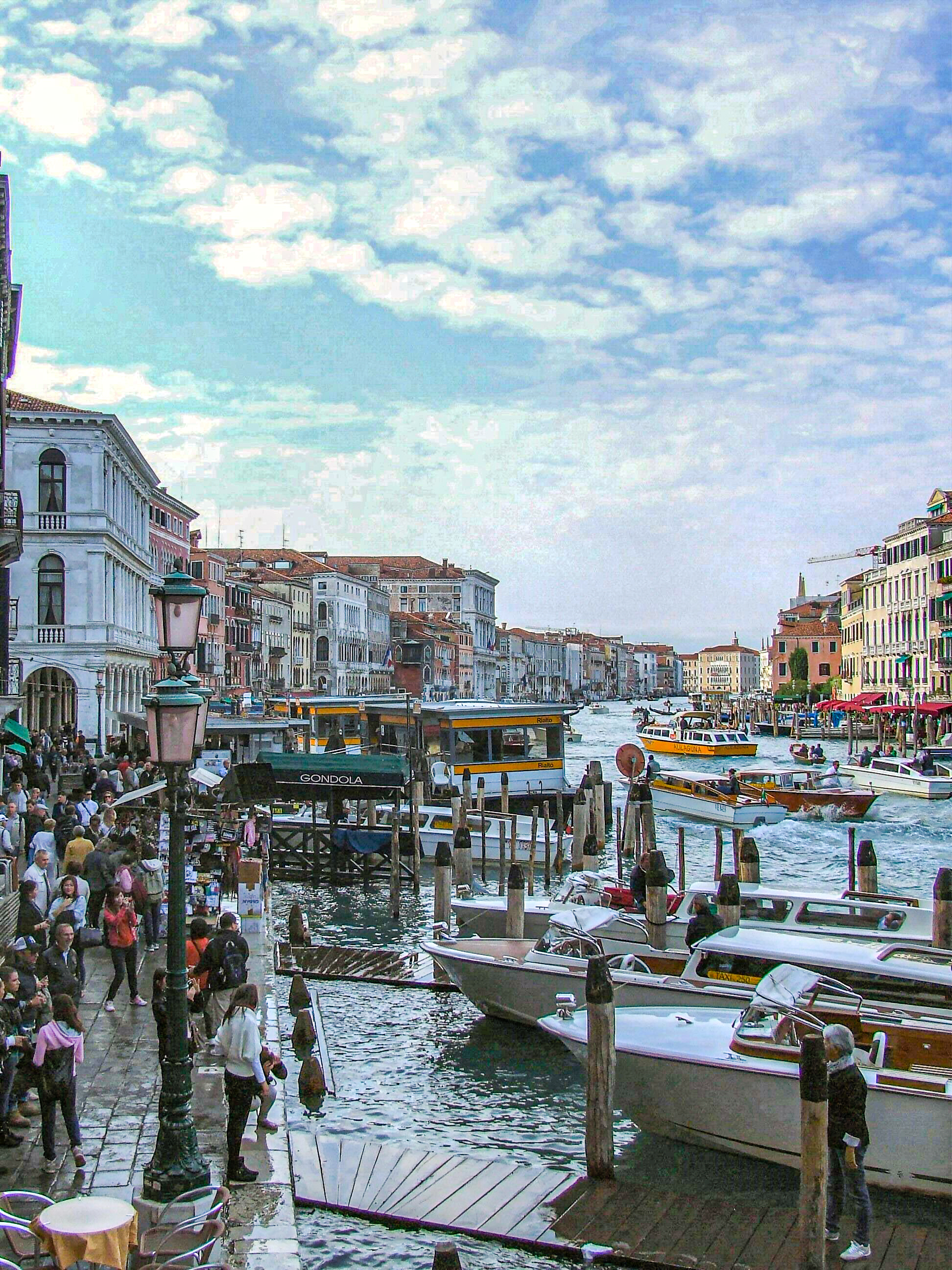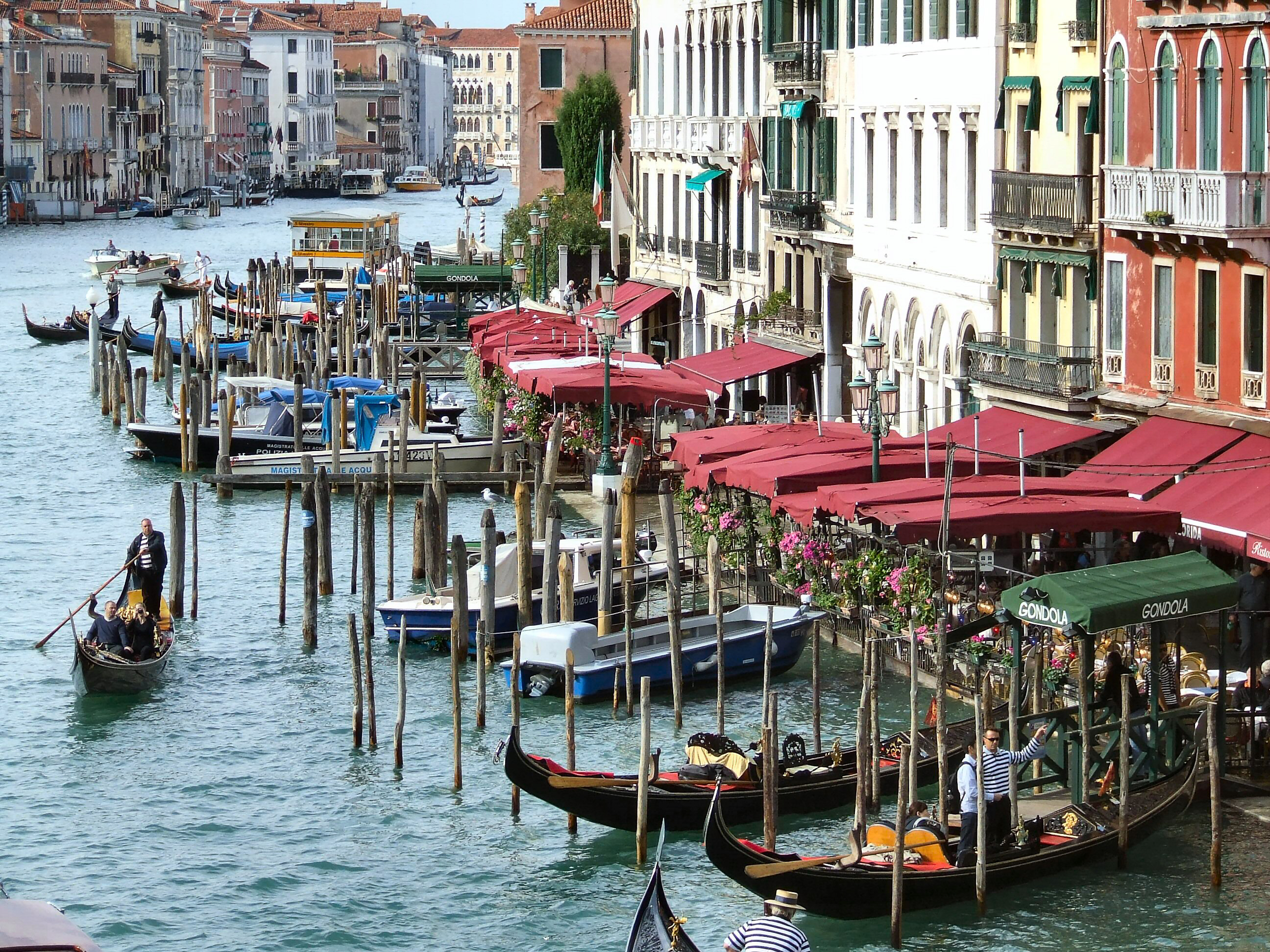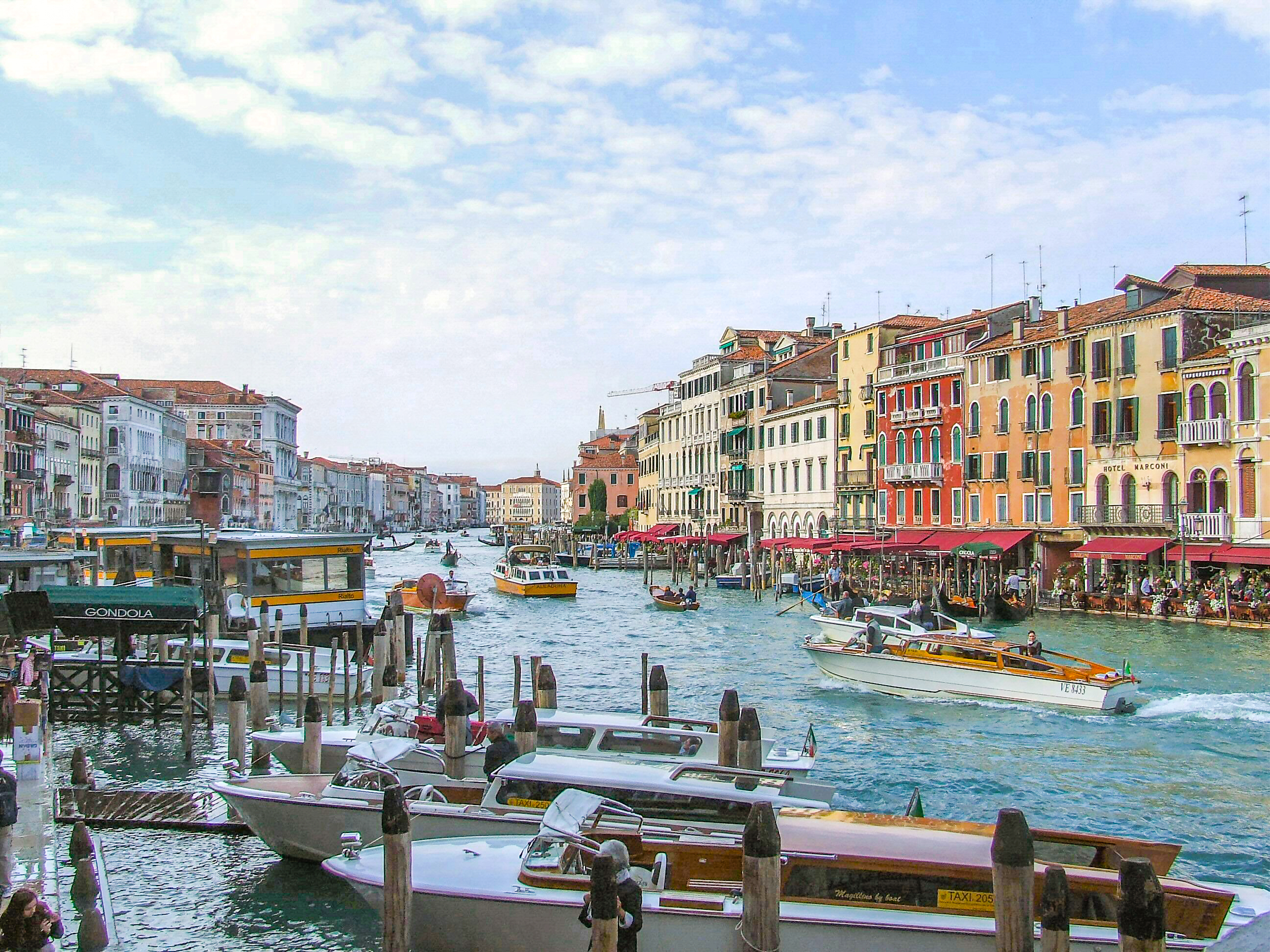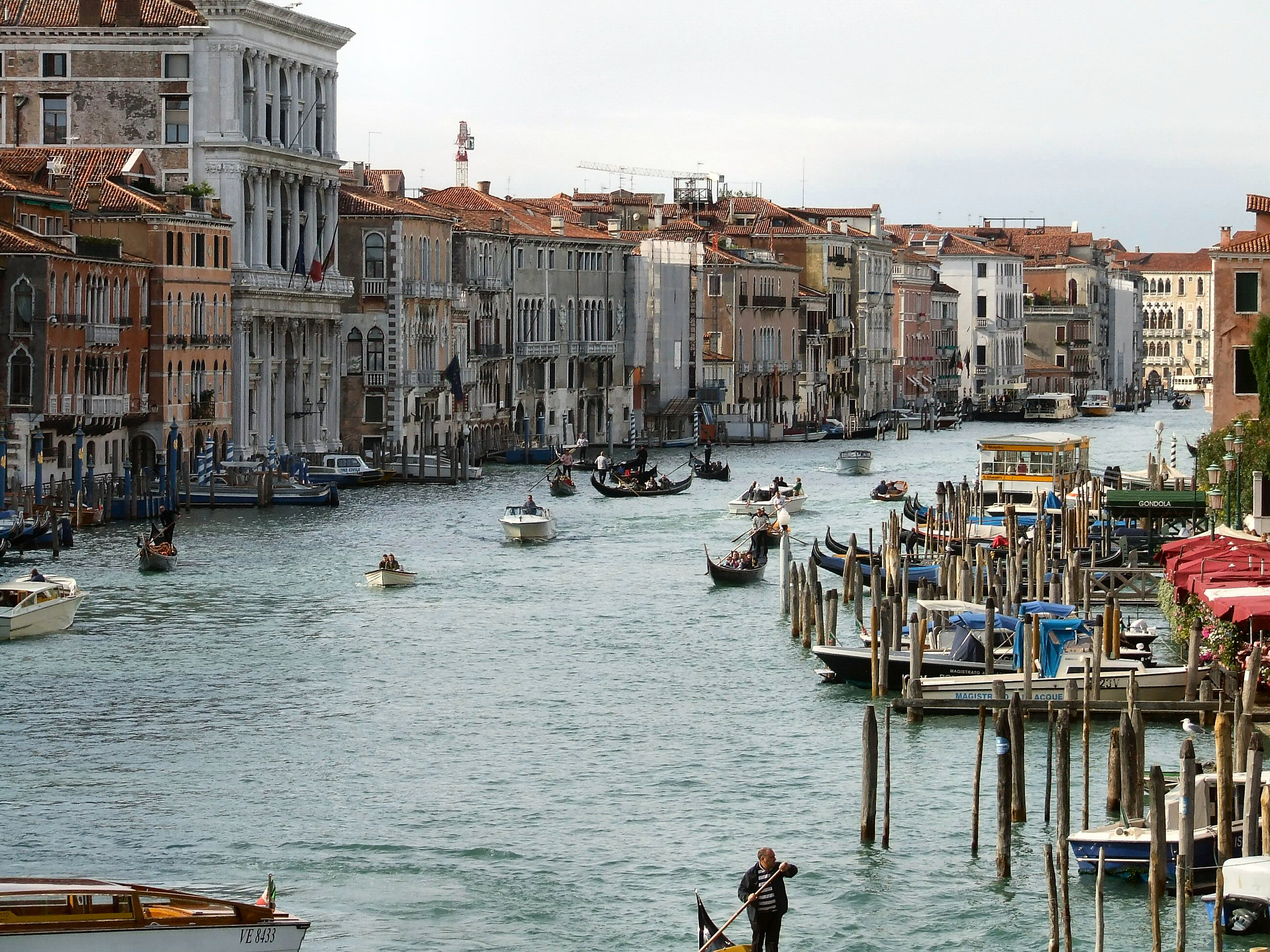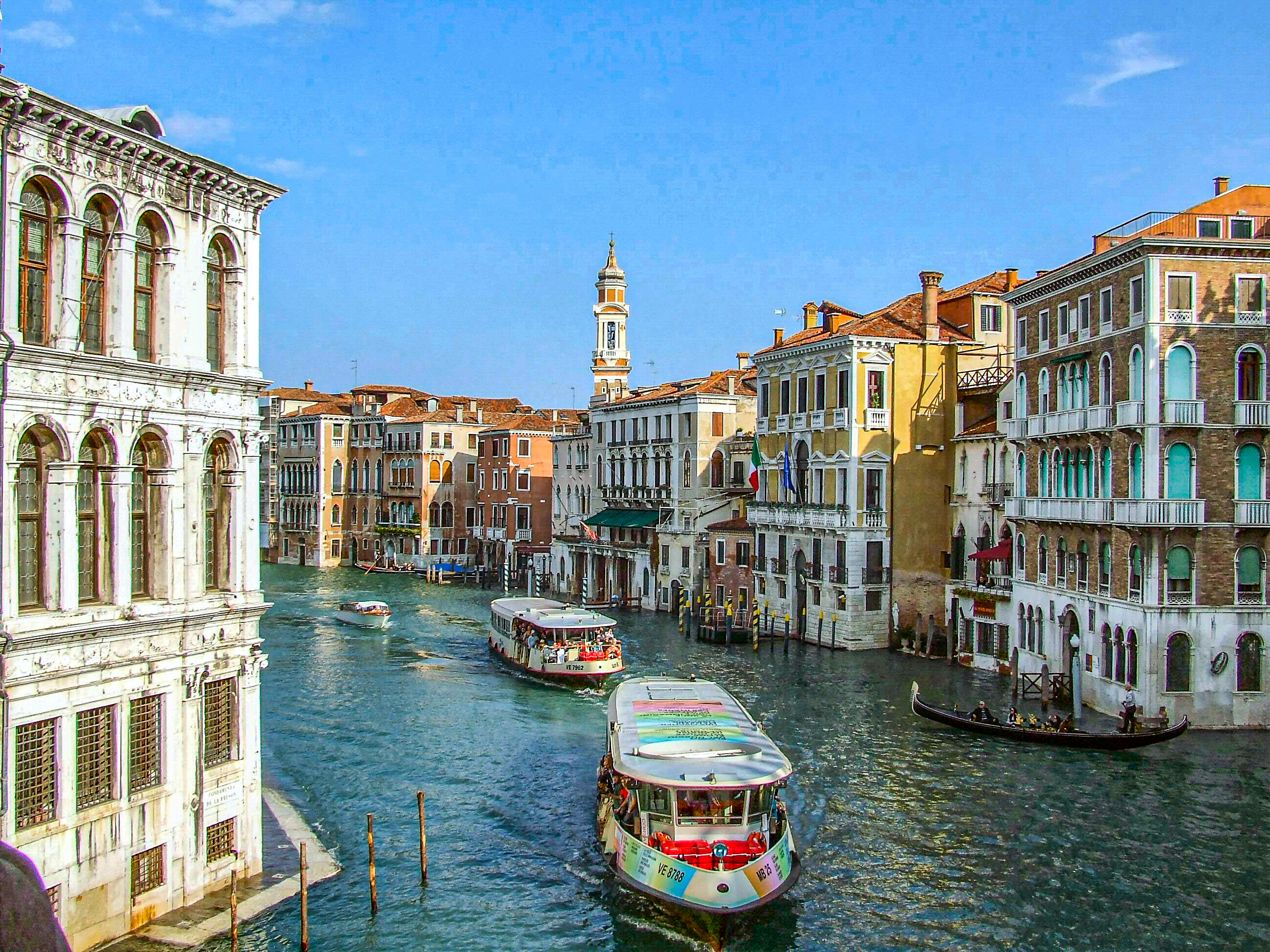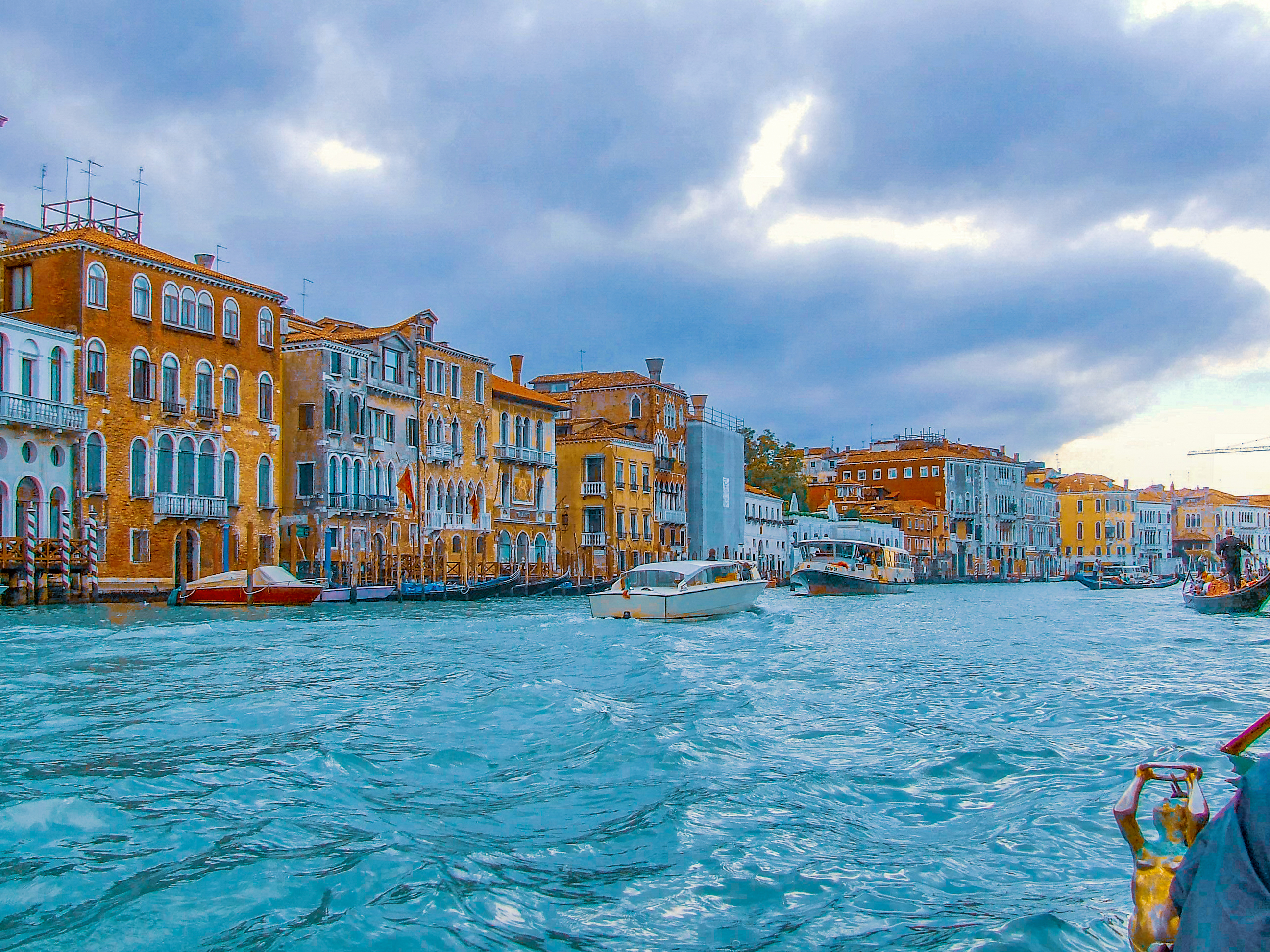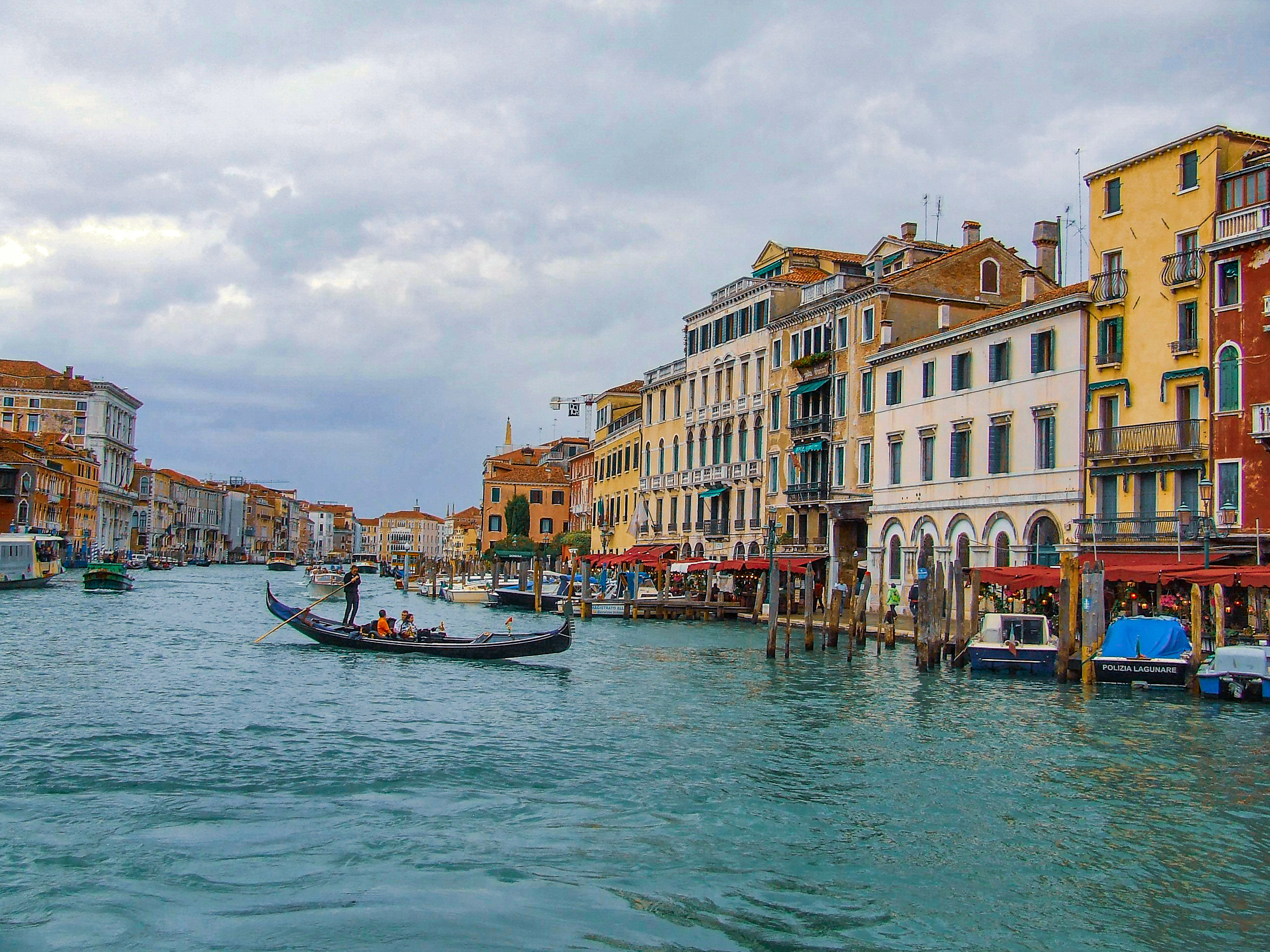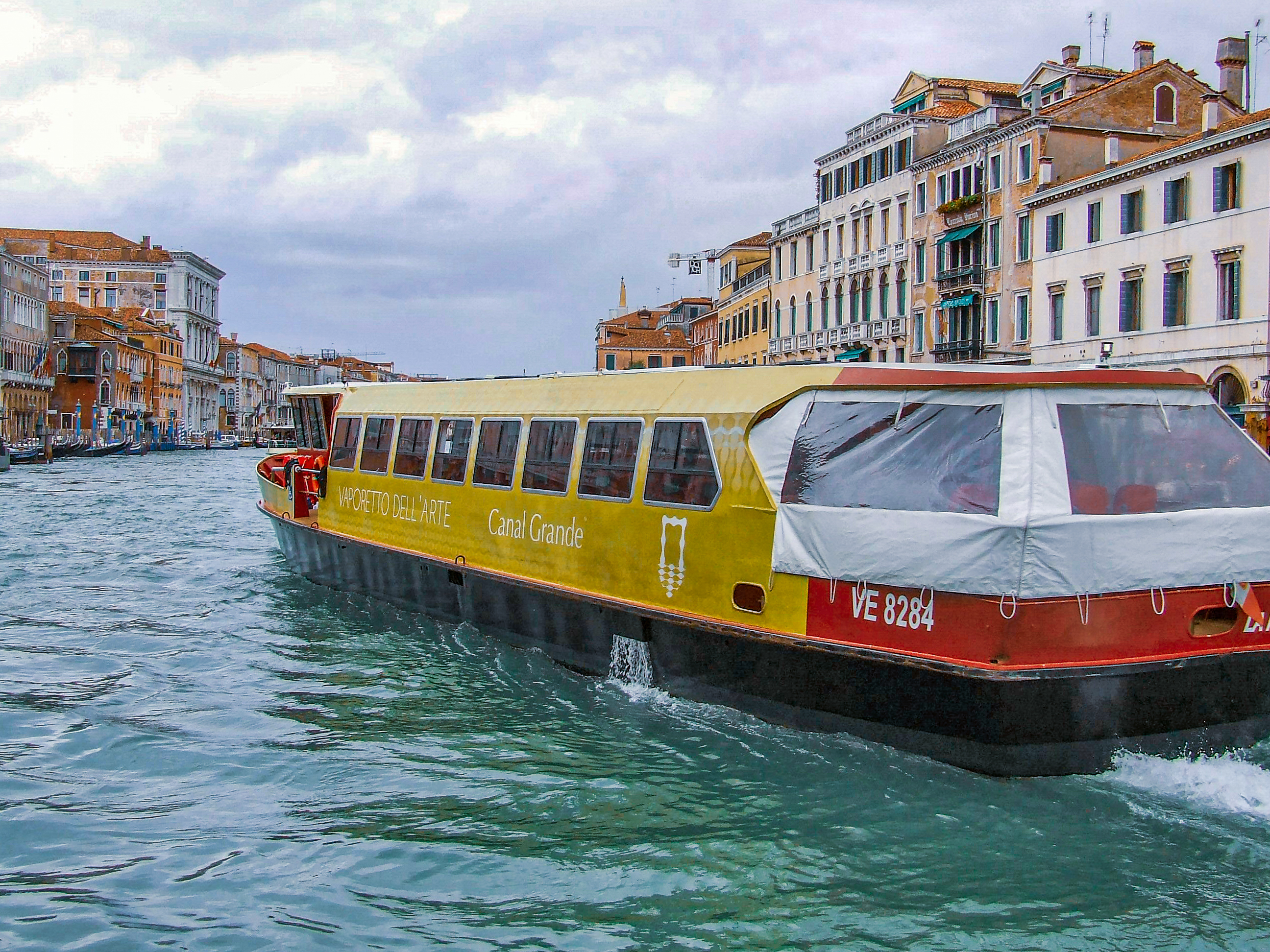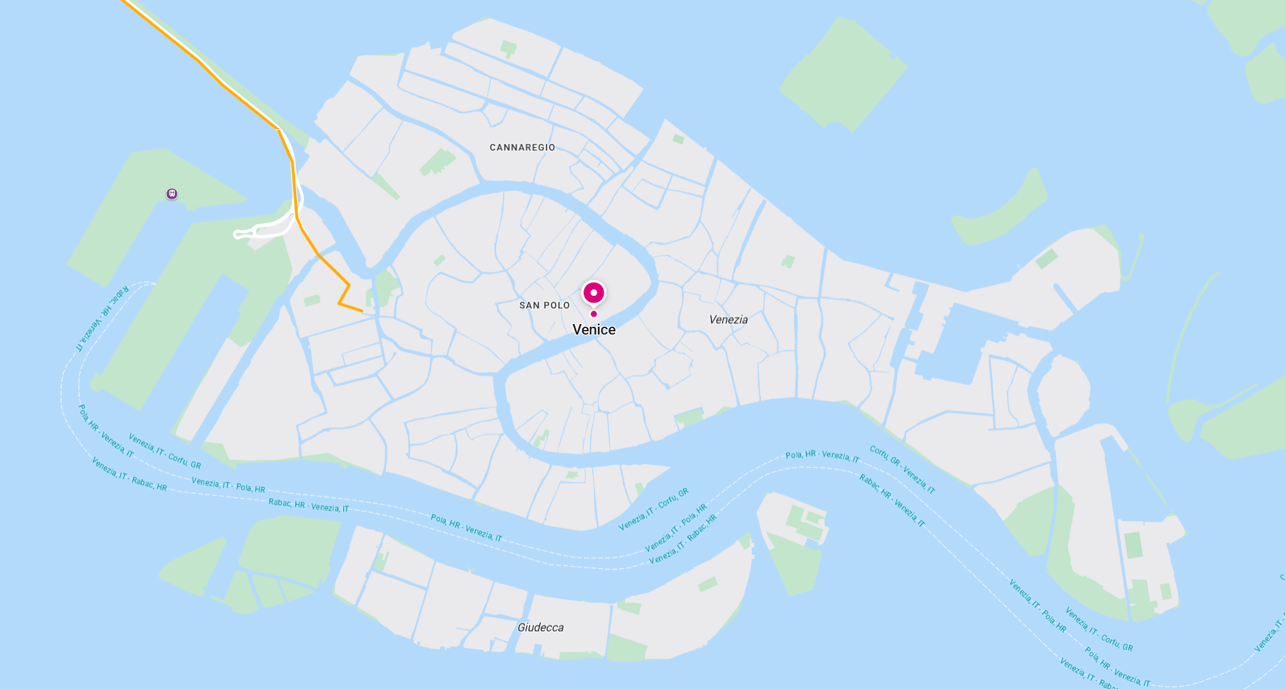Venice, or Venezia in Italian, is located in northeastern Italy and is the capital of the Veneto region. It is famously constructed on 118 small islands in the Venetian Lagoon, connected by over 400 bridges and separated by a network of canals instead of roads.
Founded traditionally on 25 March 421 AD, Venice began as a refuge for mainland Romans fleeing barbarian invasions. Settlers drove wooden piles into the lagoon’s clay to create stable foundations for buildings.
By the 7th century, Venice had developed a rudimentary government led by tribunes, which evolved into the Republic of Venice, a powerful maritime state that lasted until 1797. Its strategic location between East and West made it a hub for trade with Byzantium, the Islamic world, and Europe, dealing in spices, silk, and precious metals.
Venice’s architecture is a blend of Byzantine, Gothic, and Renaissance styles, visible in landmarks like St. Mark’s Basilica, the Doge’s Palace, and the Rialto Bridge. - The city’s layout is unique: no cars, only boats and footpaths. The Grand Canal snakes through the city, lined with palazzi reflecting centuries of wealth and artistry.
- Venice faces serious threats from rising sea levels and flooding, exacerbated by climate change and subsidence. The MOSE project, a system of mobile barriers, aims to protect the lagoon from high tides. - Despite these challenges, Venice remains a UNESCO World Heritage Site and one of the world’s most visited cities, balancing tourism with preservation.
